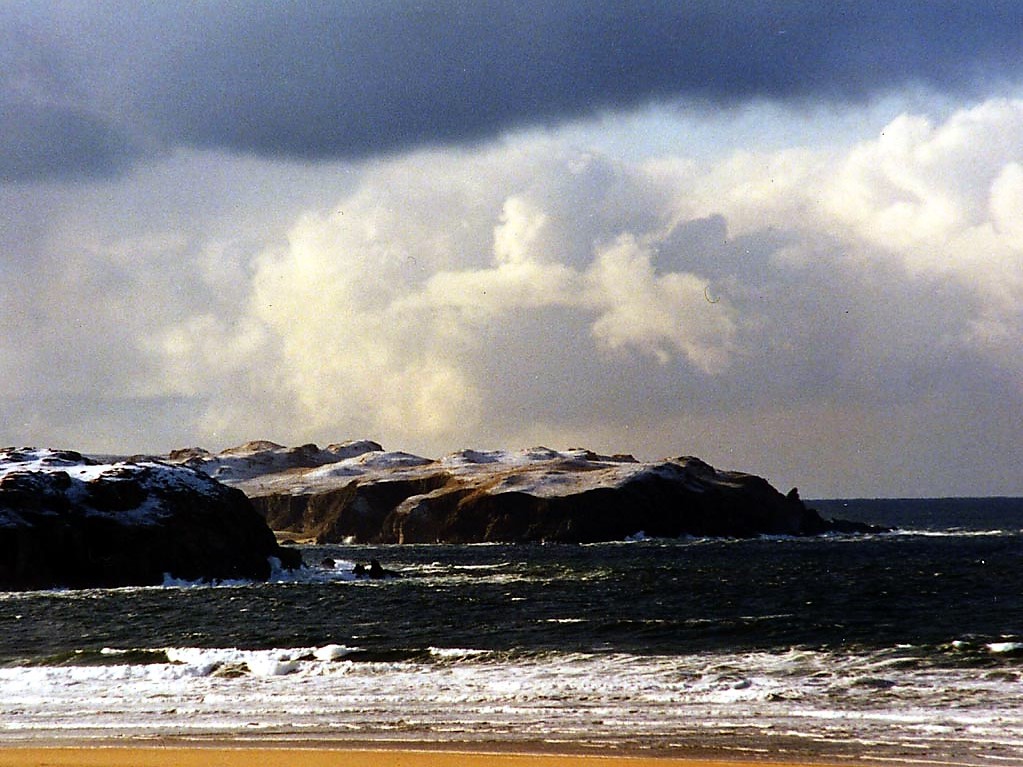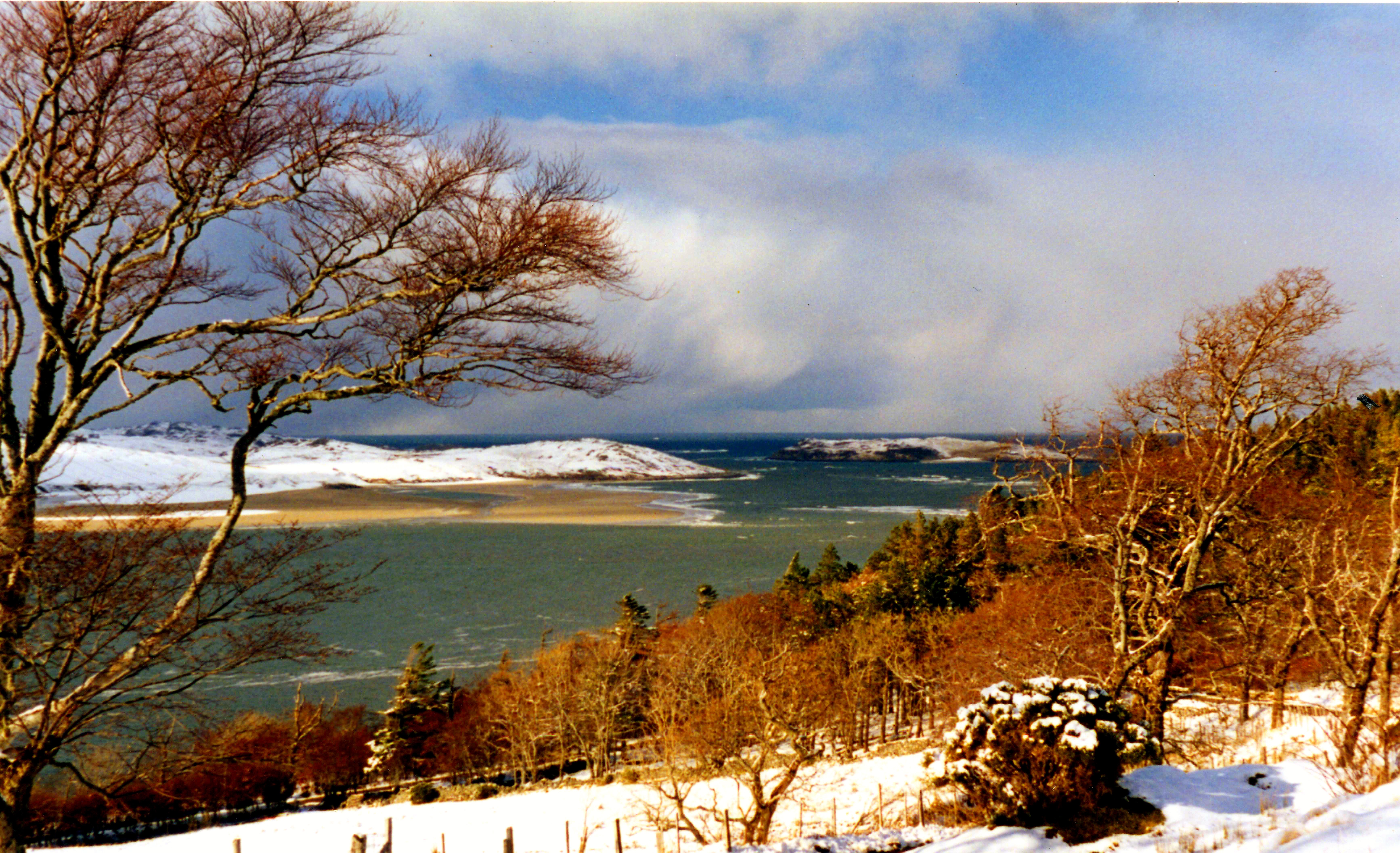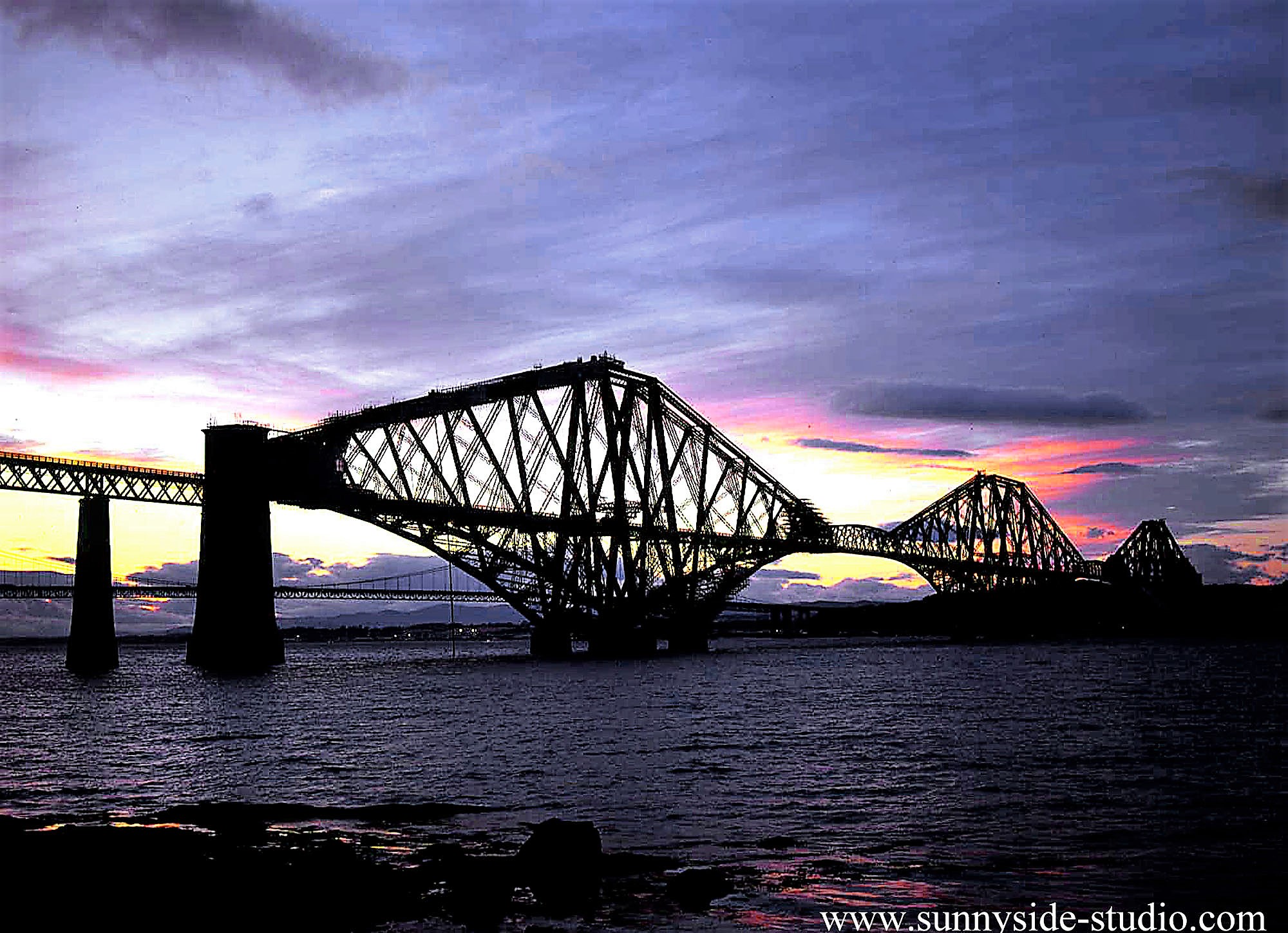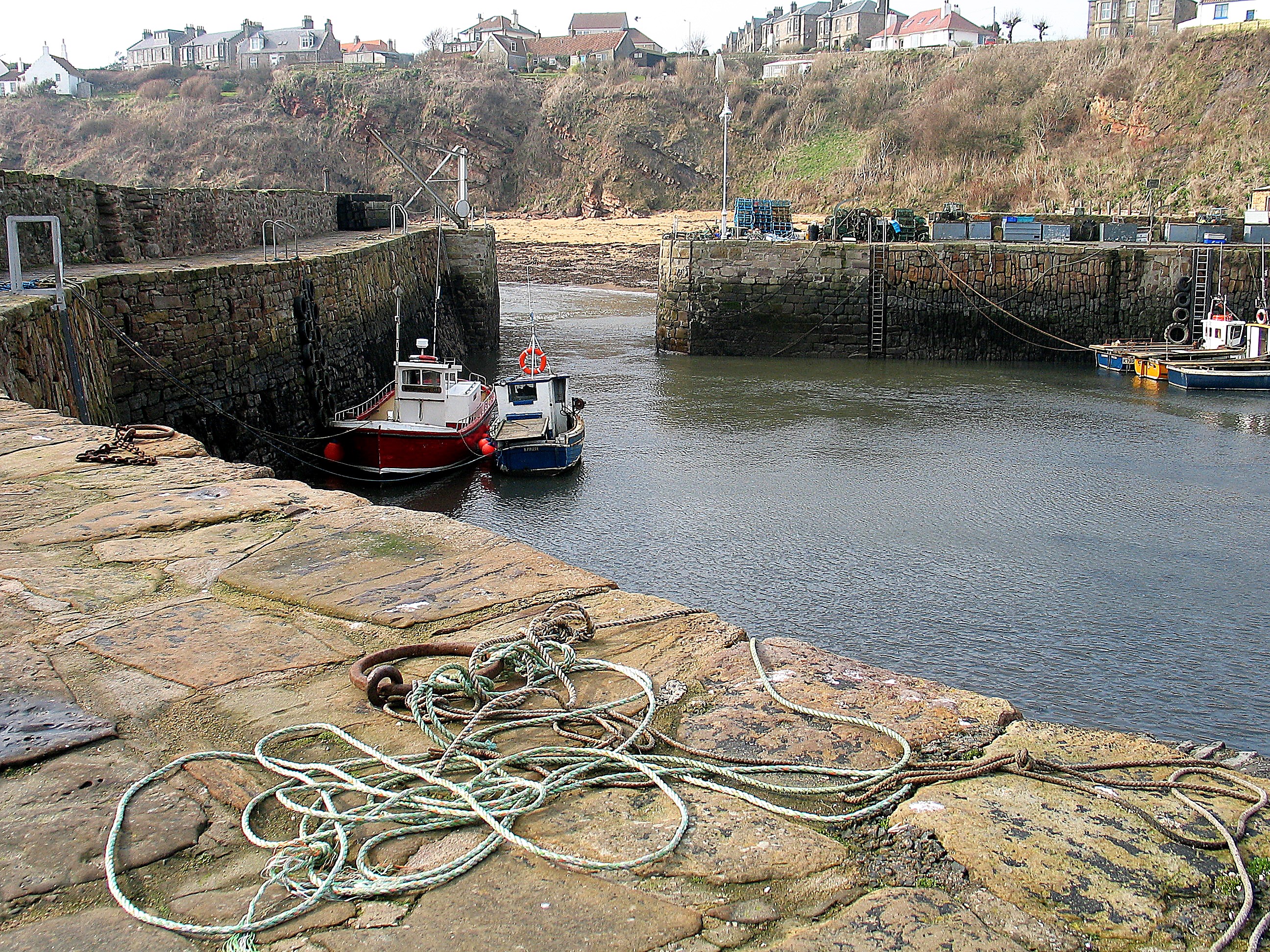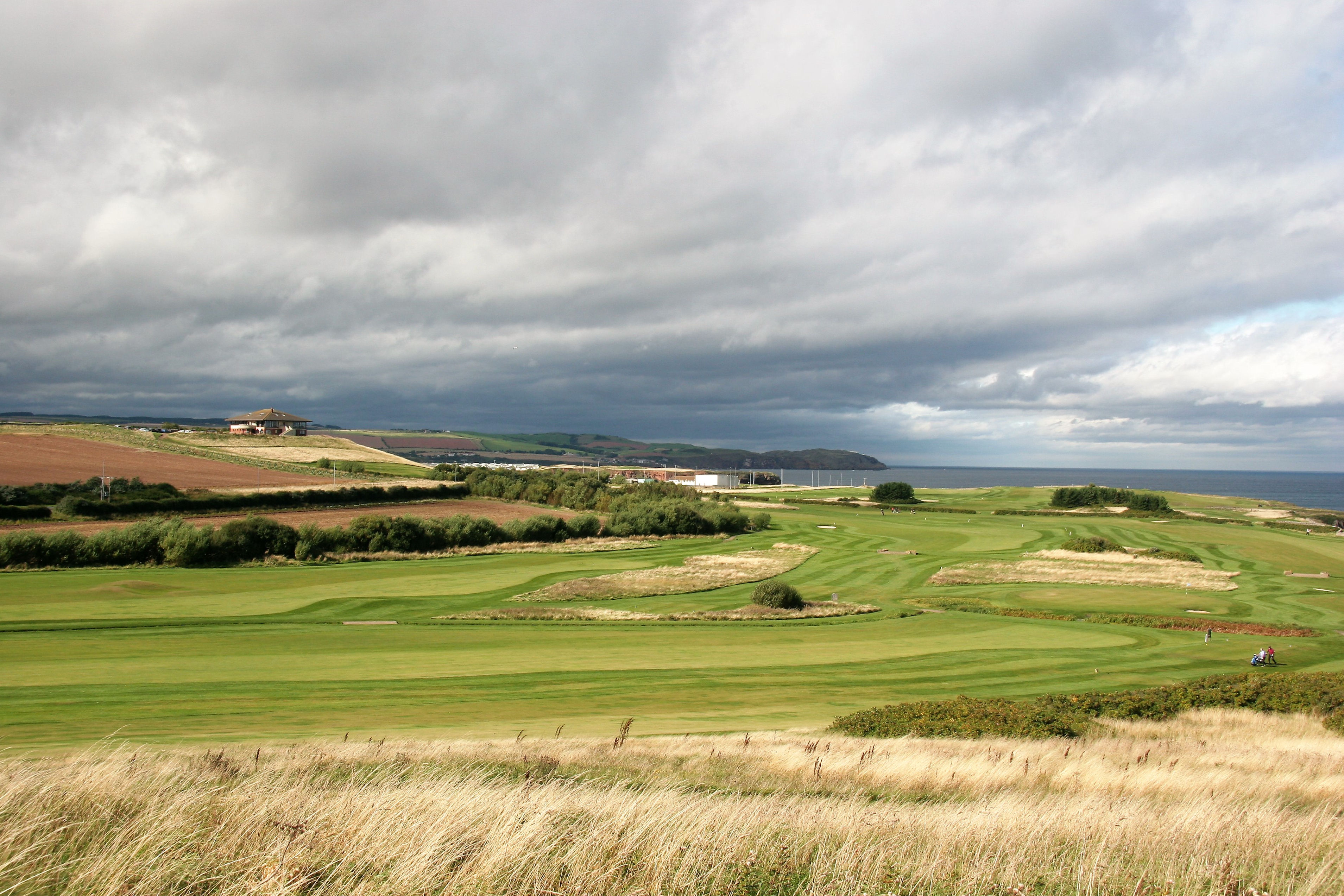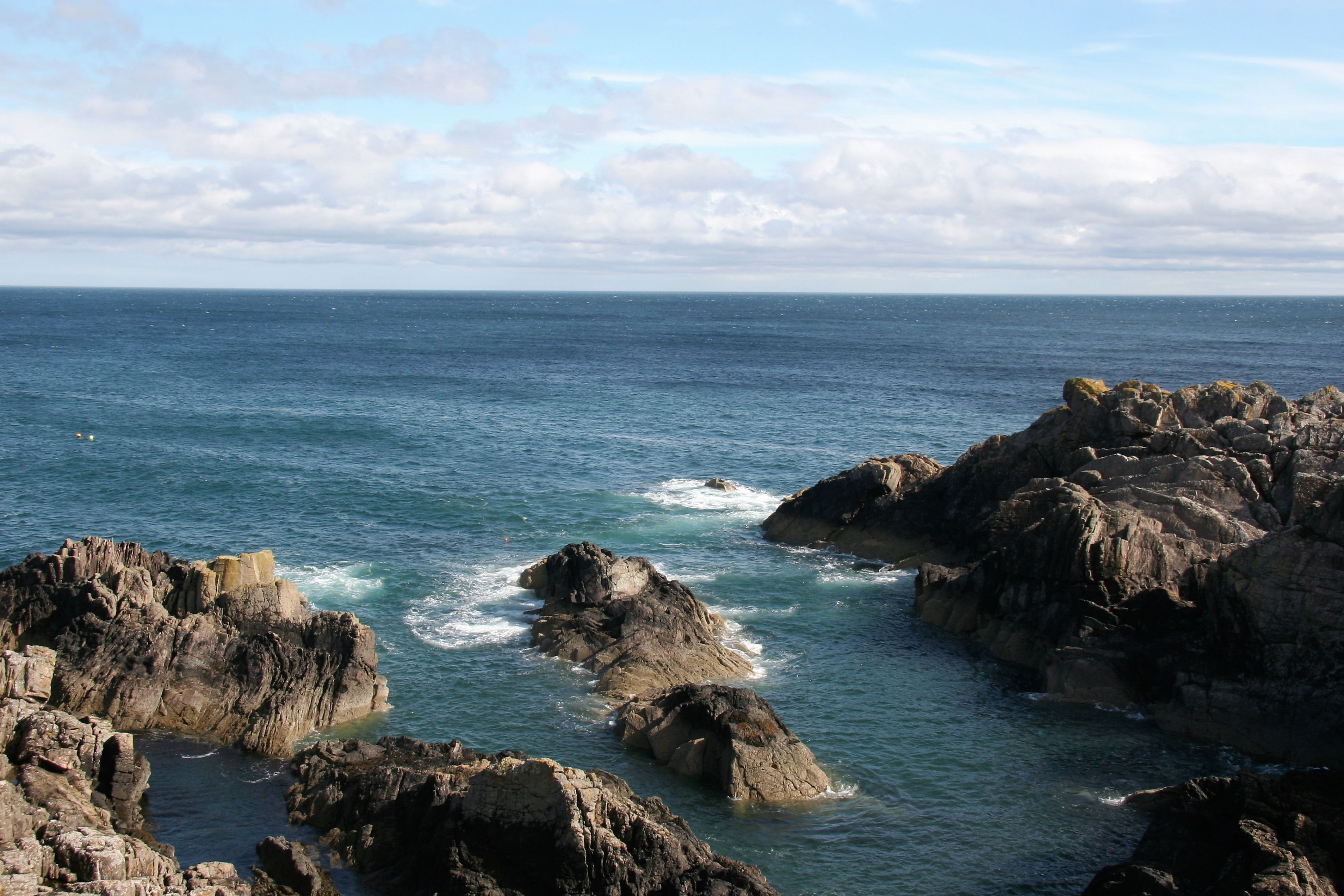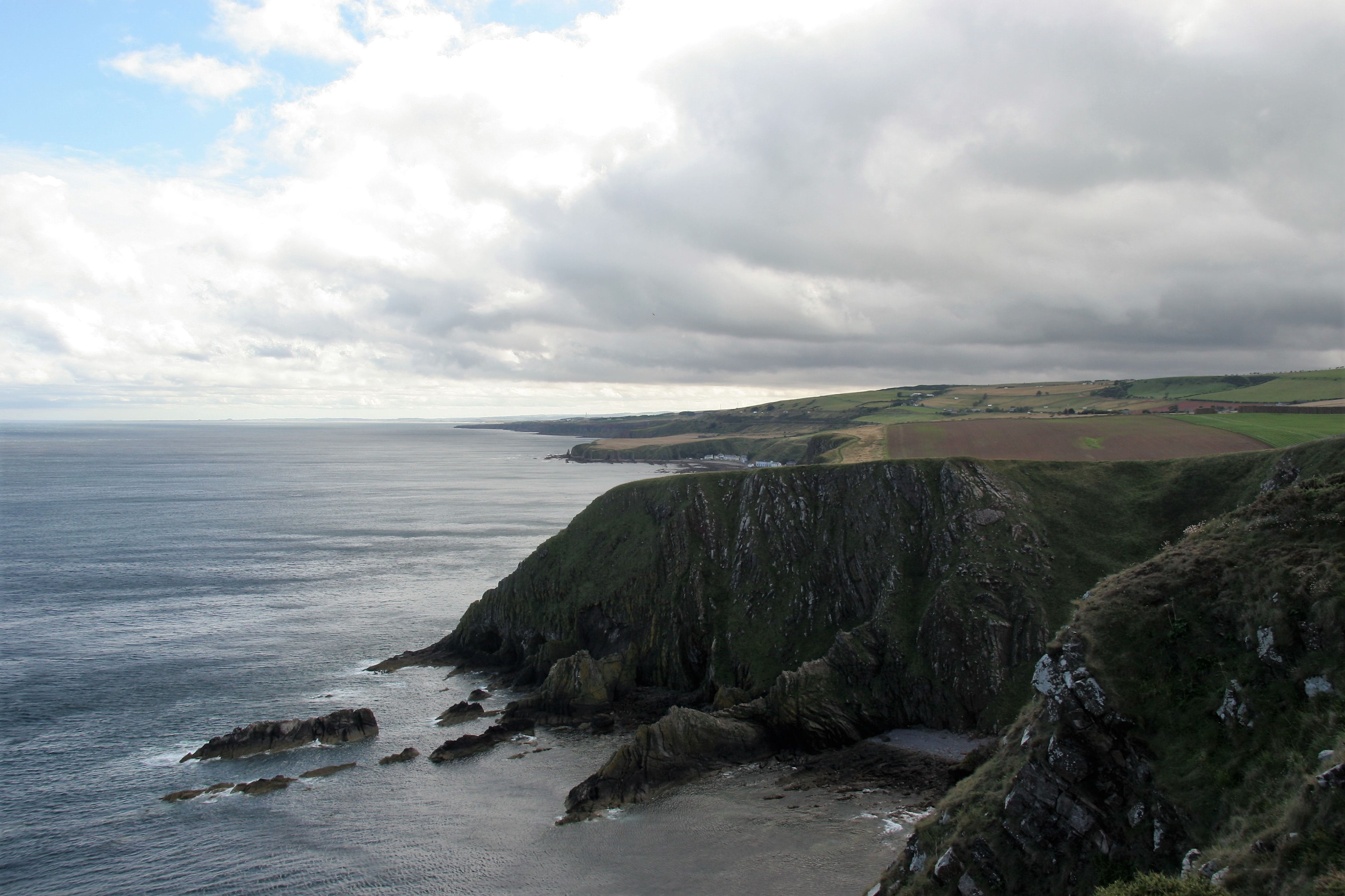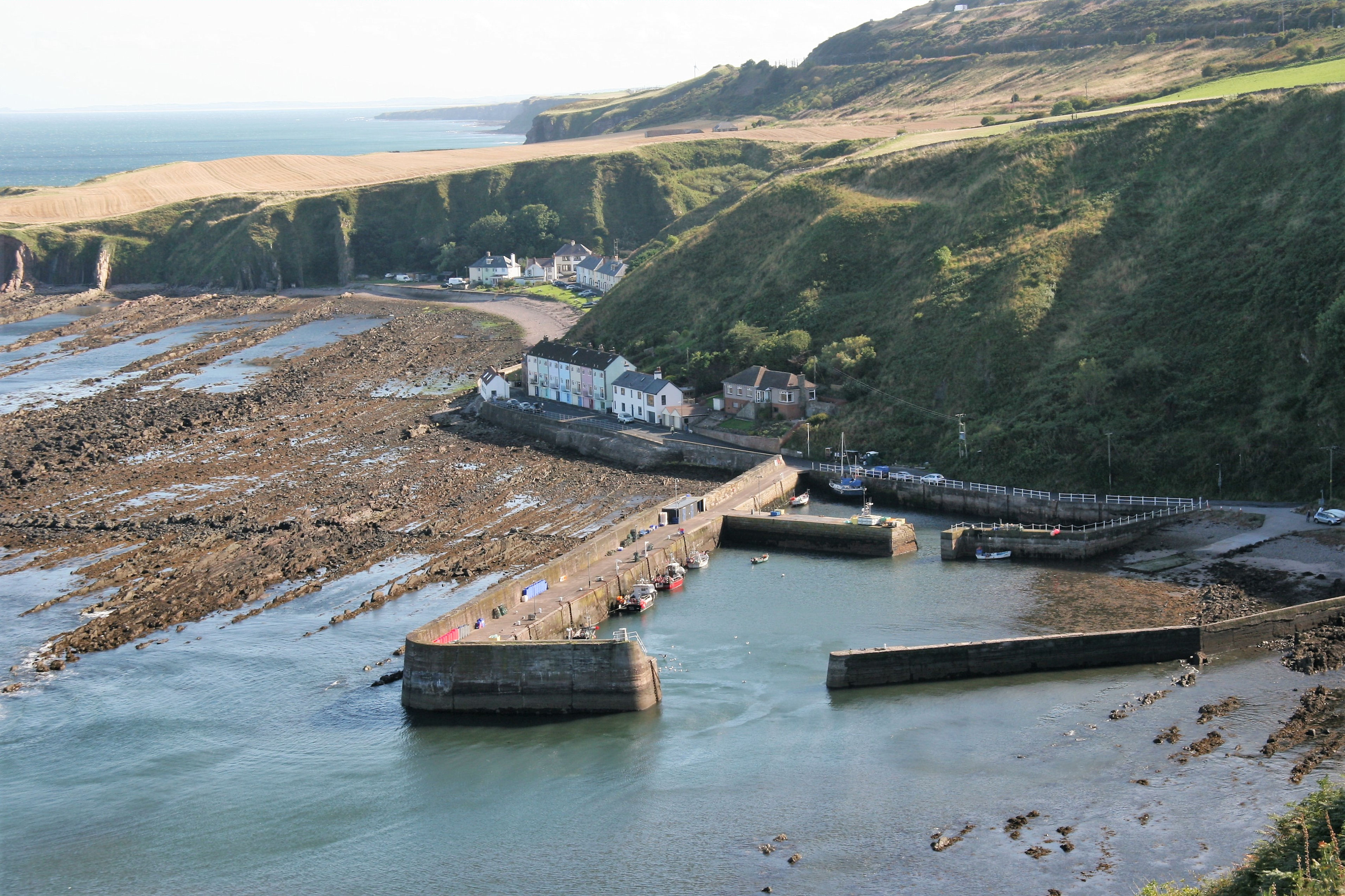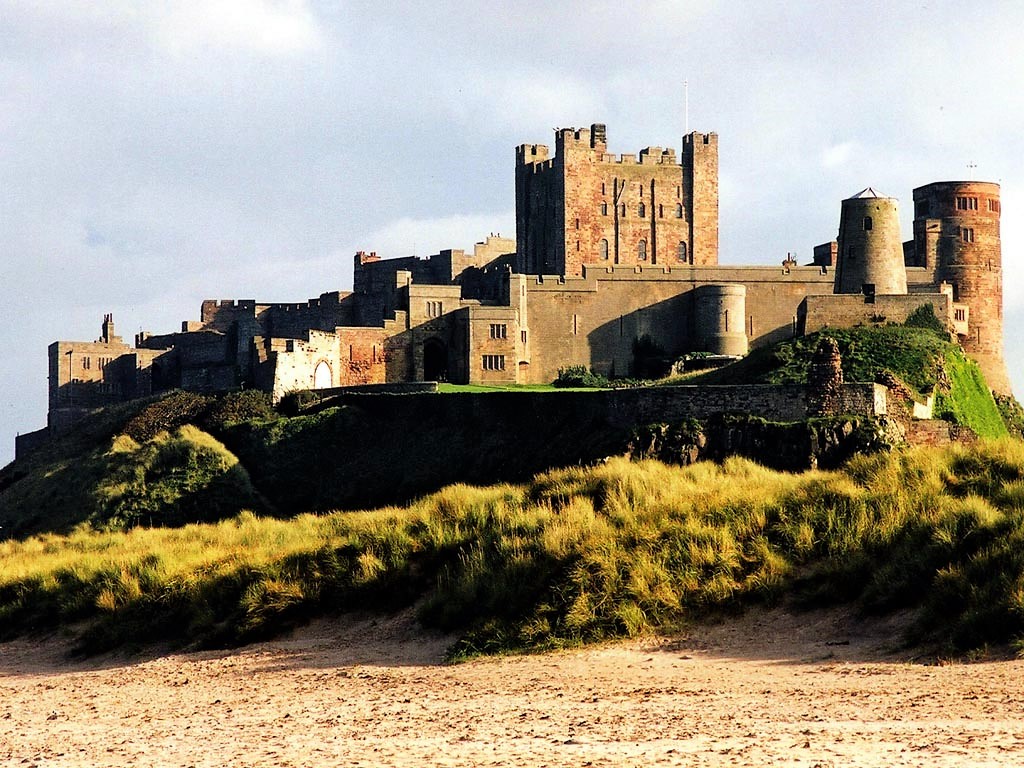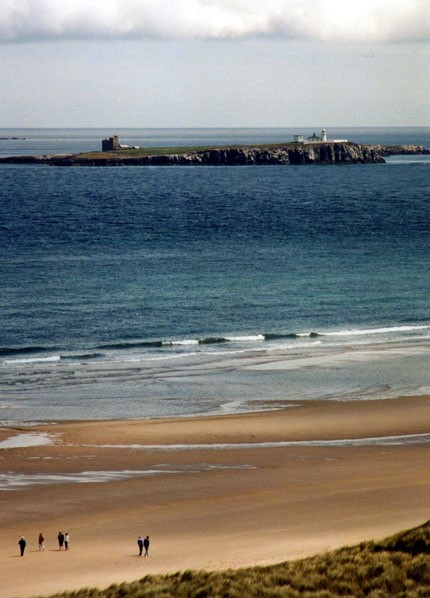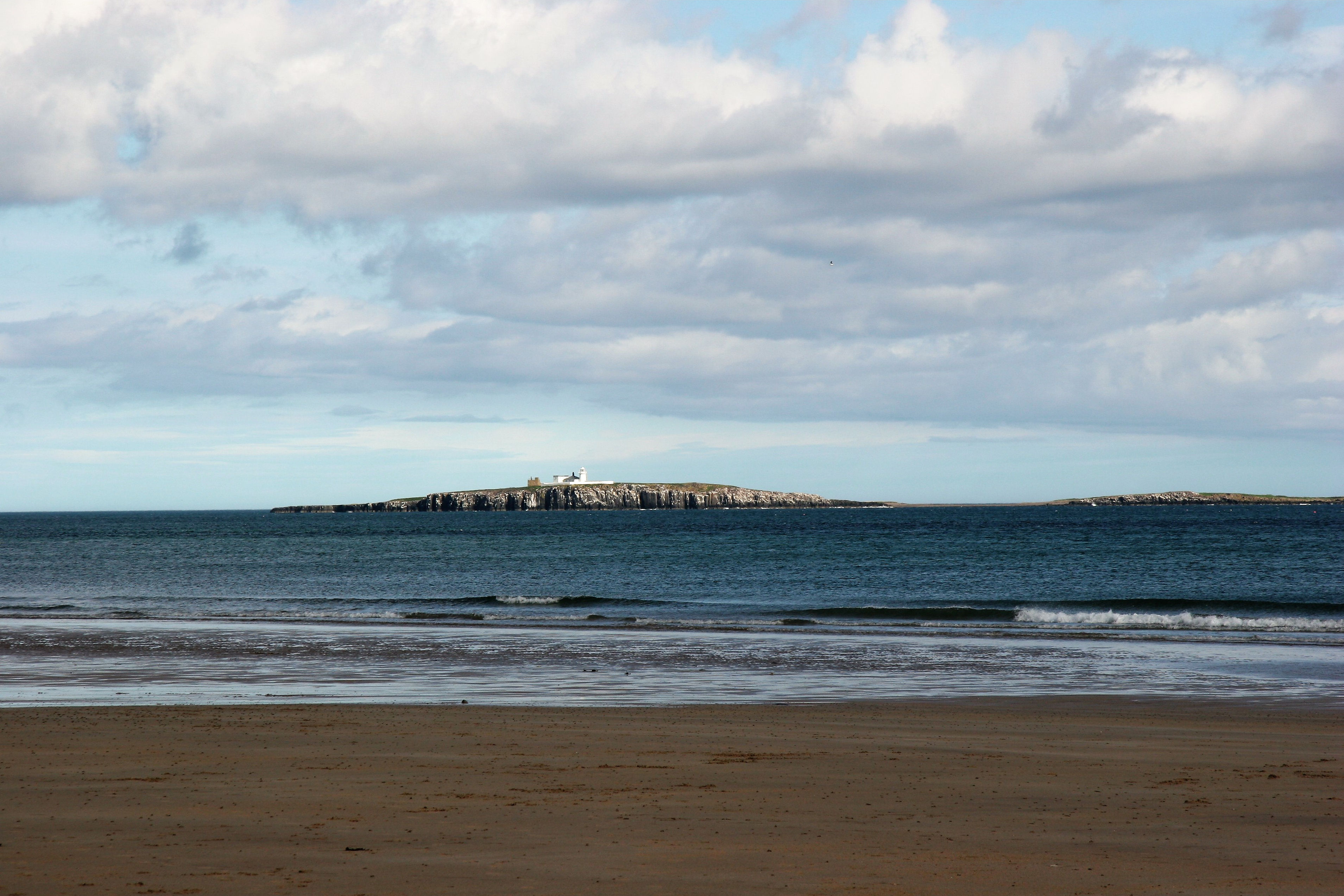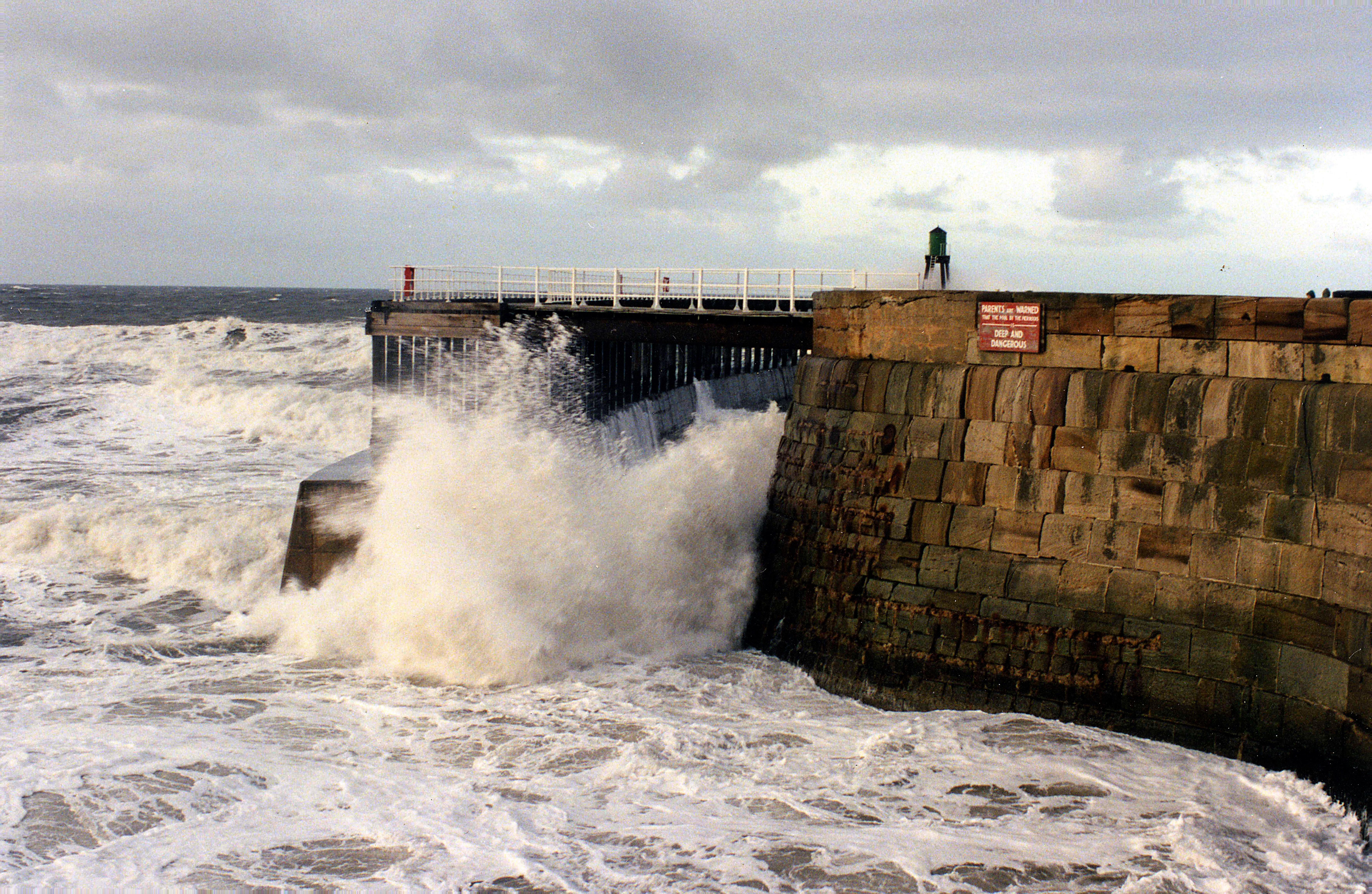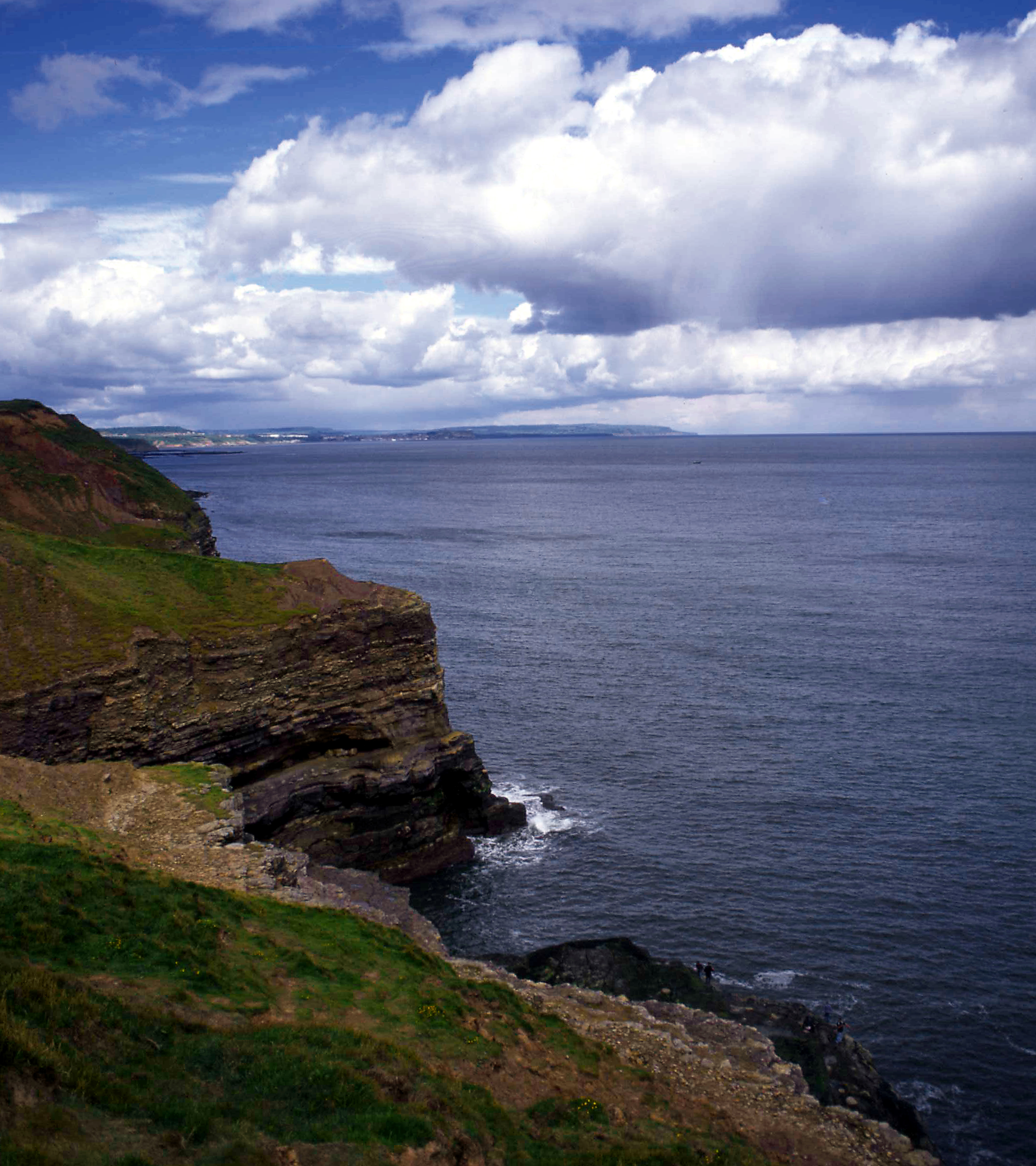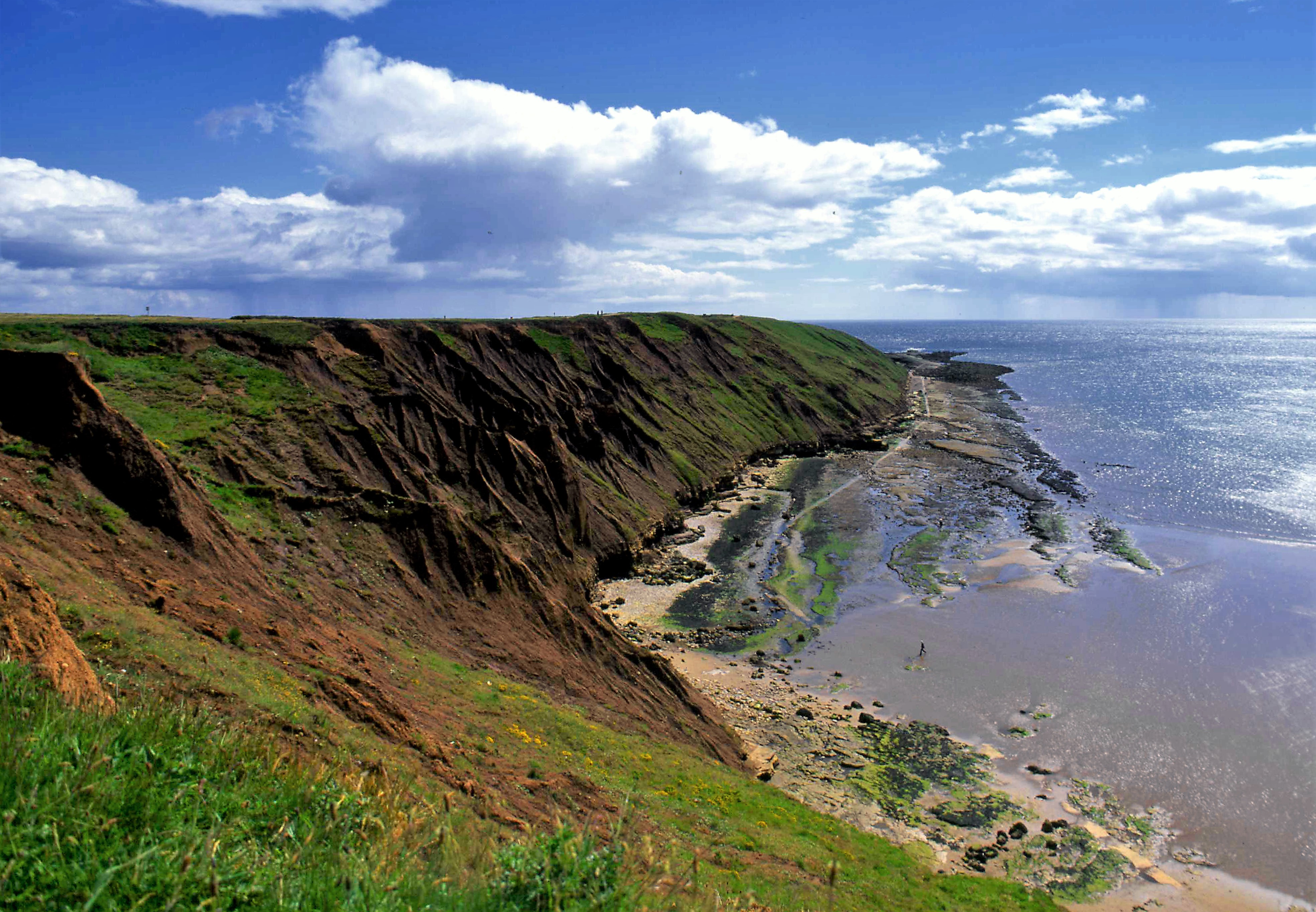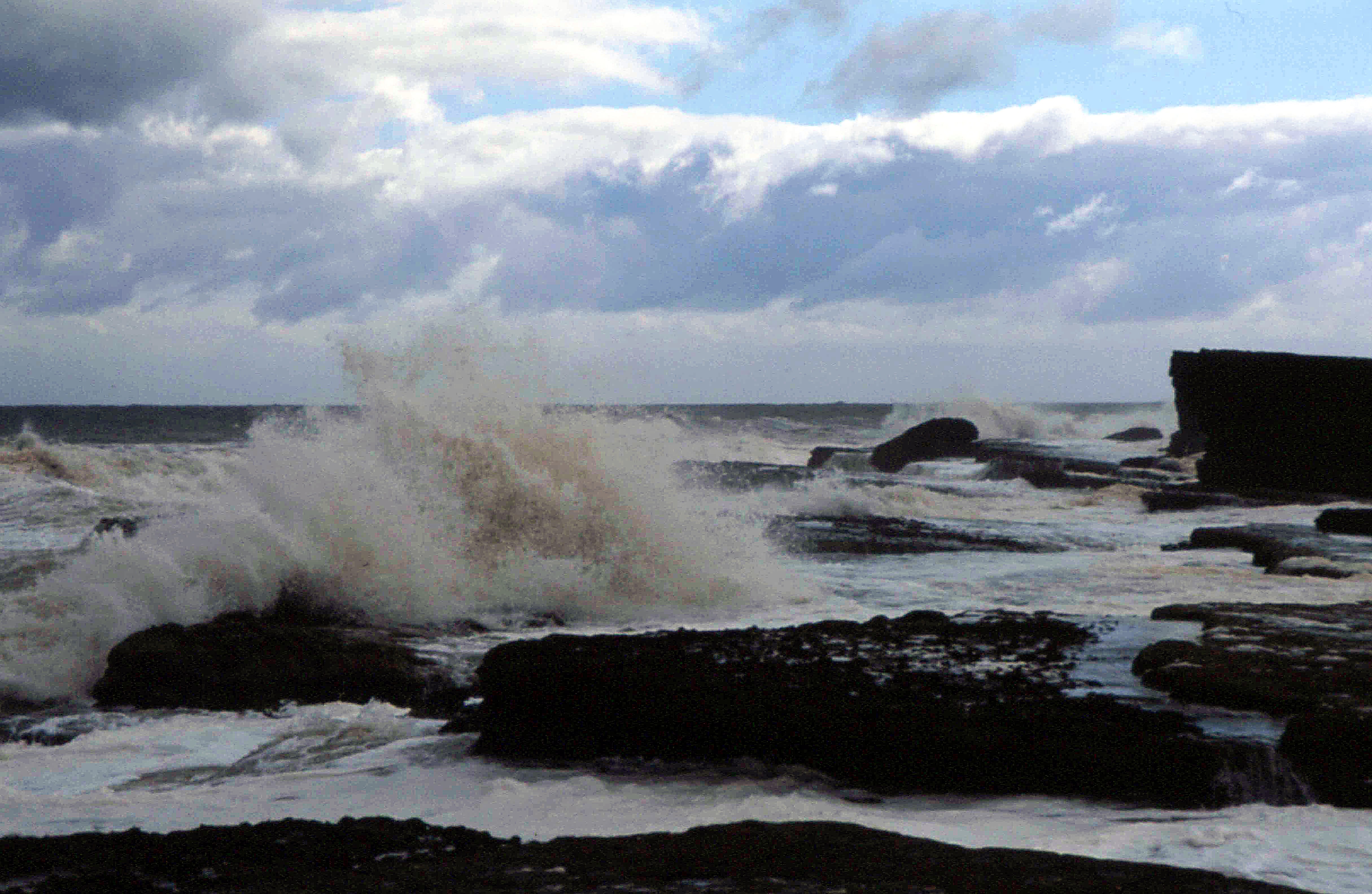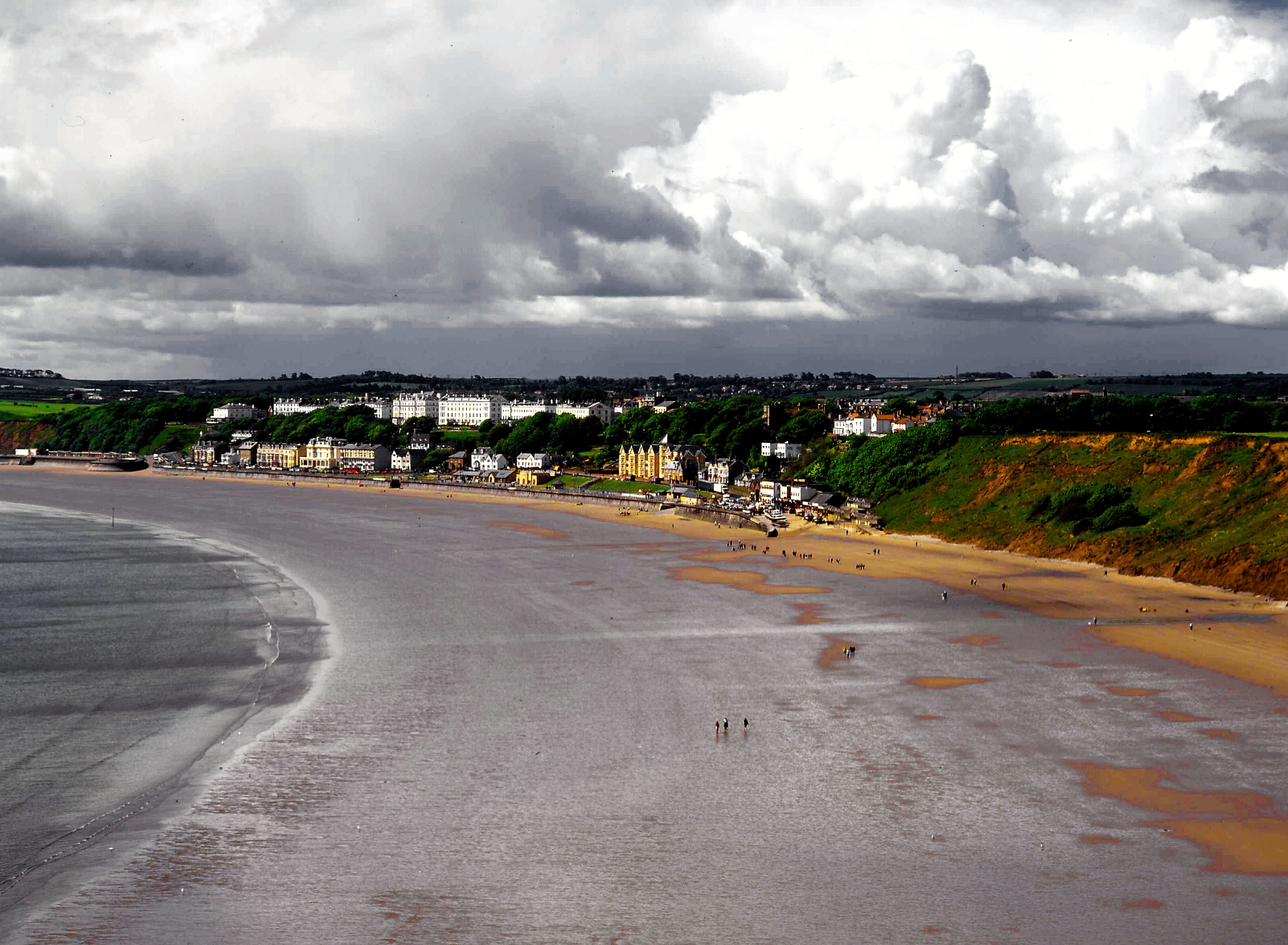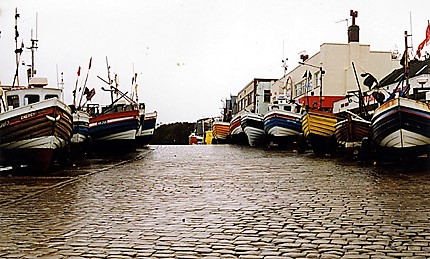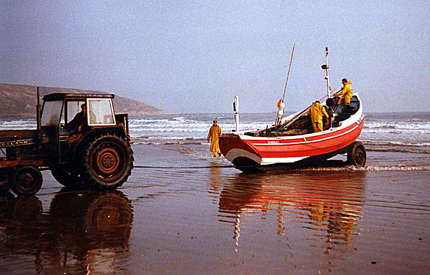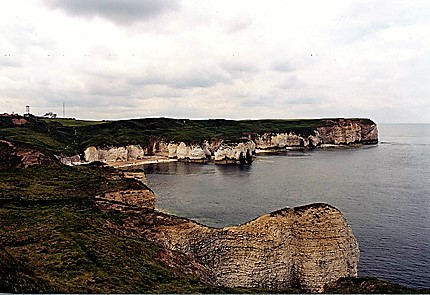On the occasions we visited the beautiful north coast of Scotland I was using a film camera. Some of these images were originally slides and the scanning and manipulating are not without some cost to the quality of the image.
A beach near Bettyhill.
Kyle of Tongue.
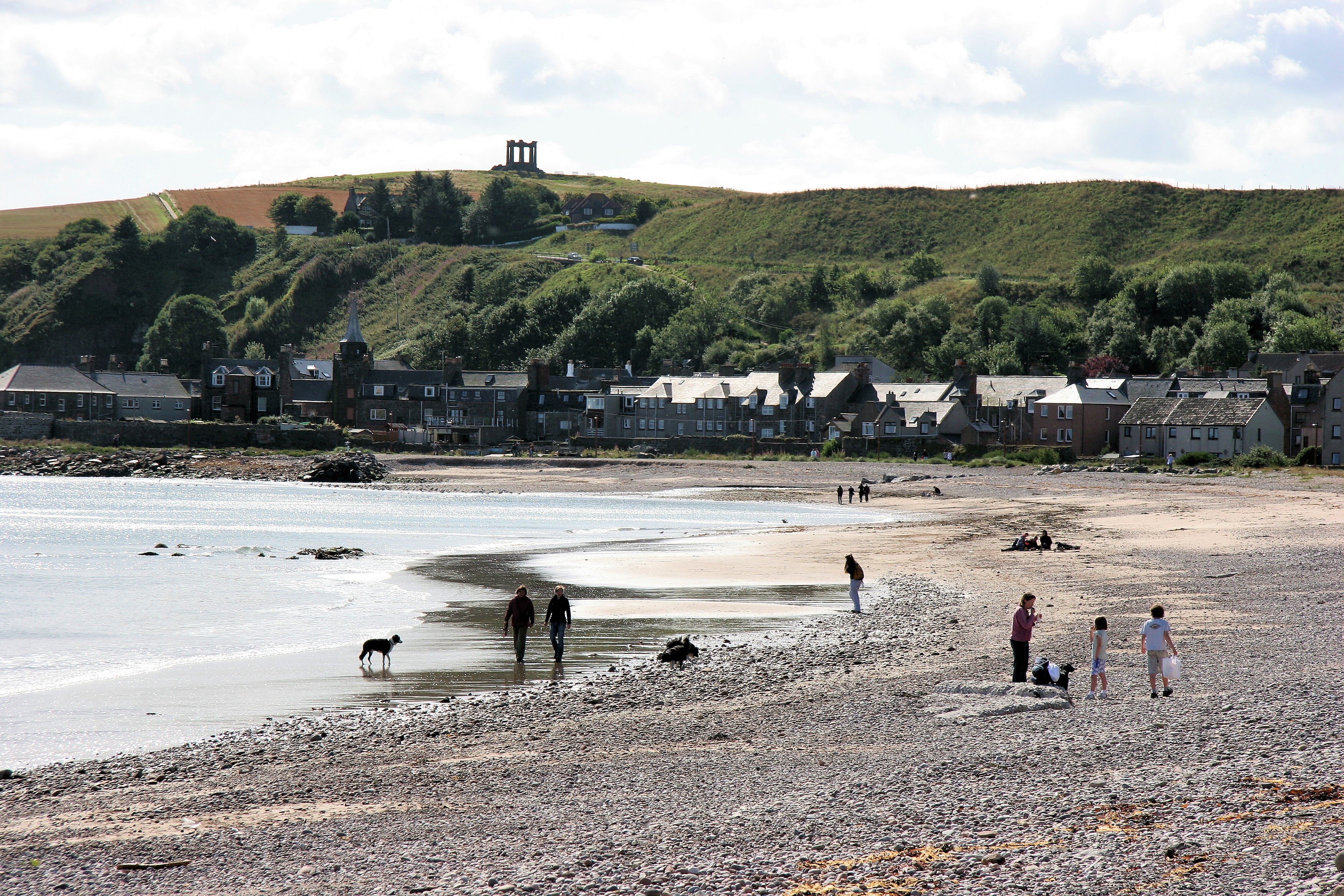
Near Stonehaven Aberdeenshire, looking south...
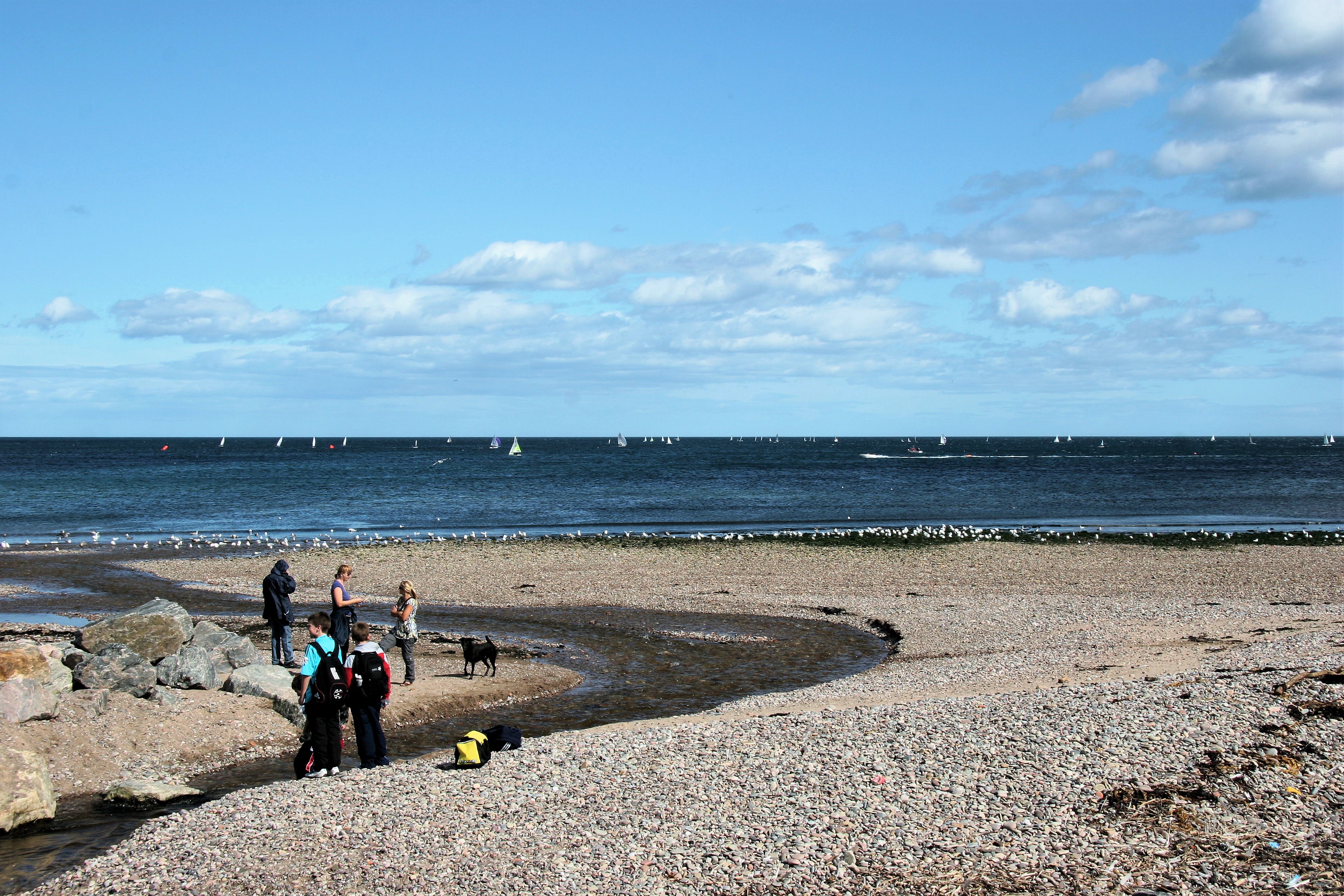
...straight out to sea, where the yachts are racing...

...and north.
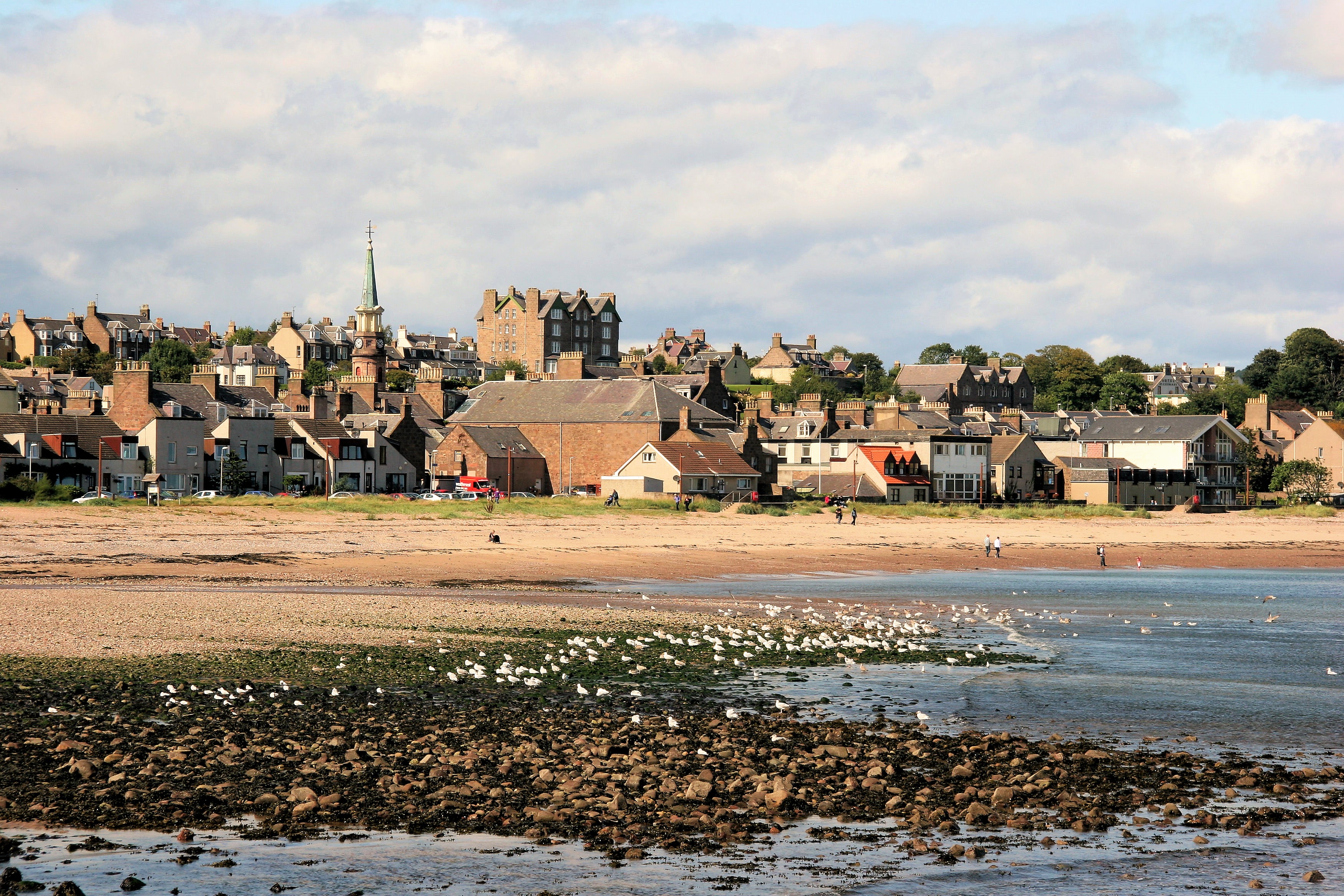
Stonehaven.
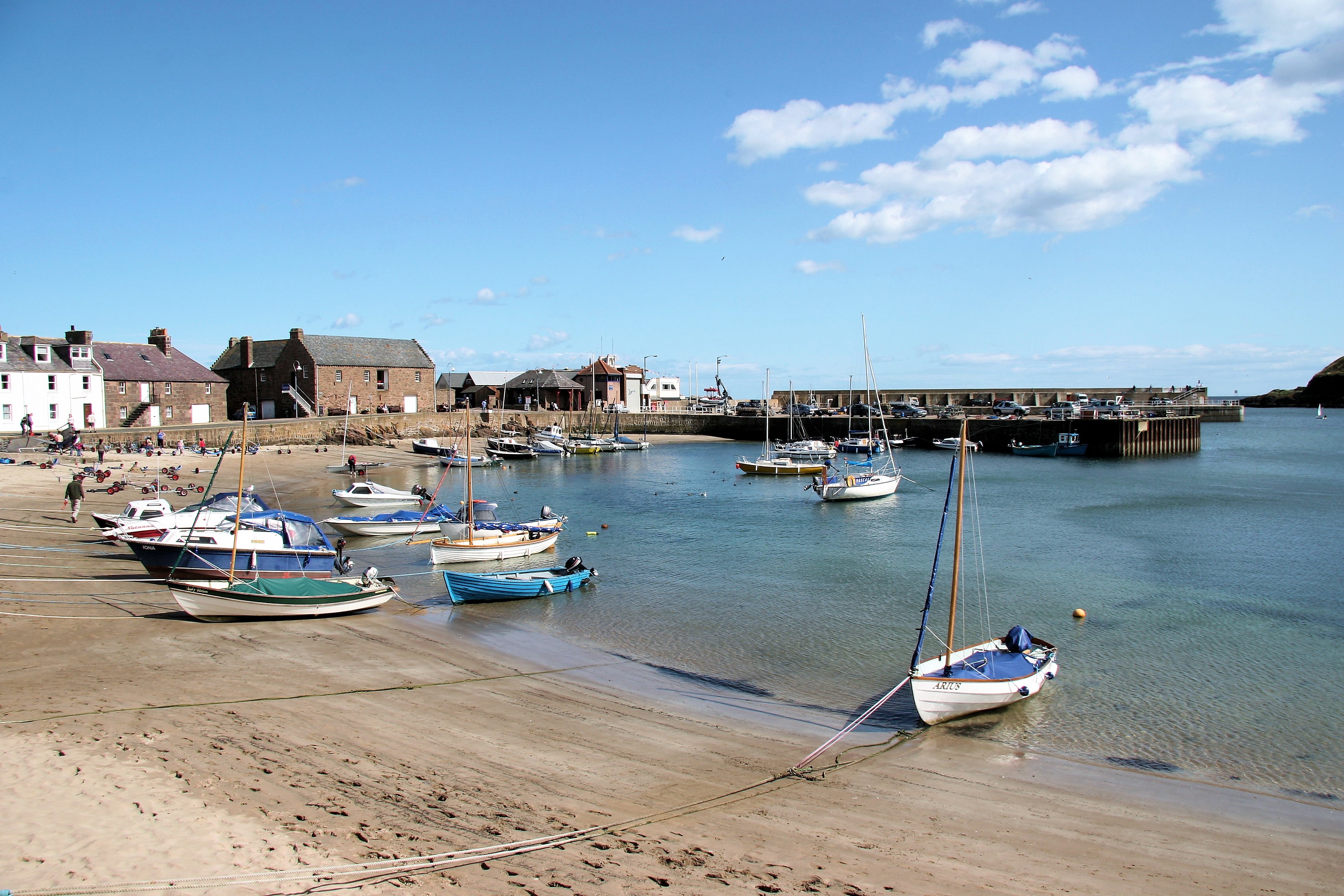
Stonehaven harbour.
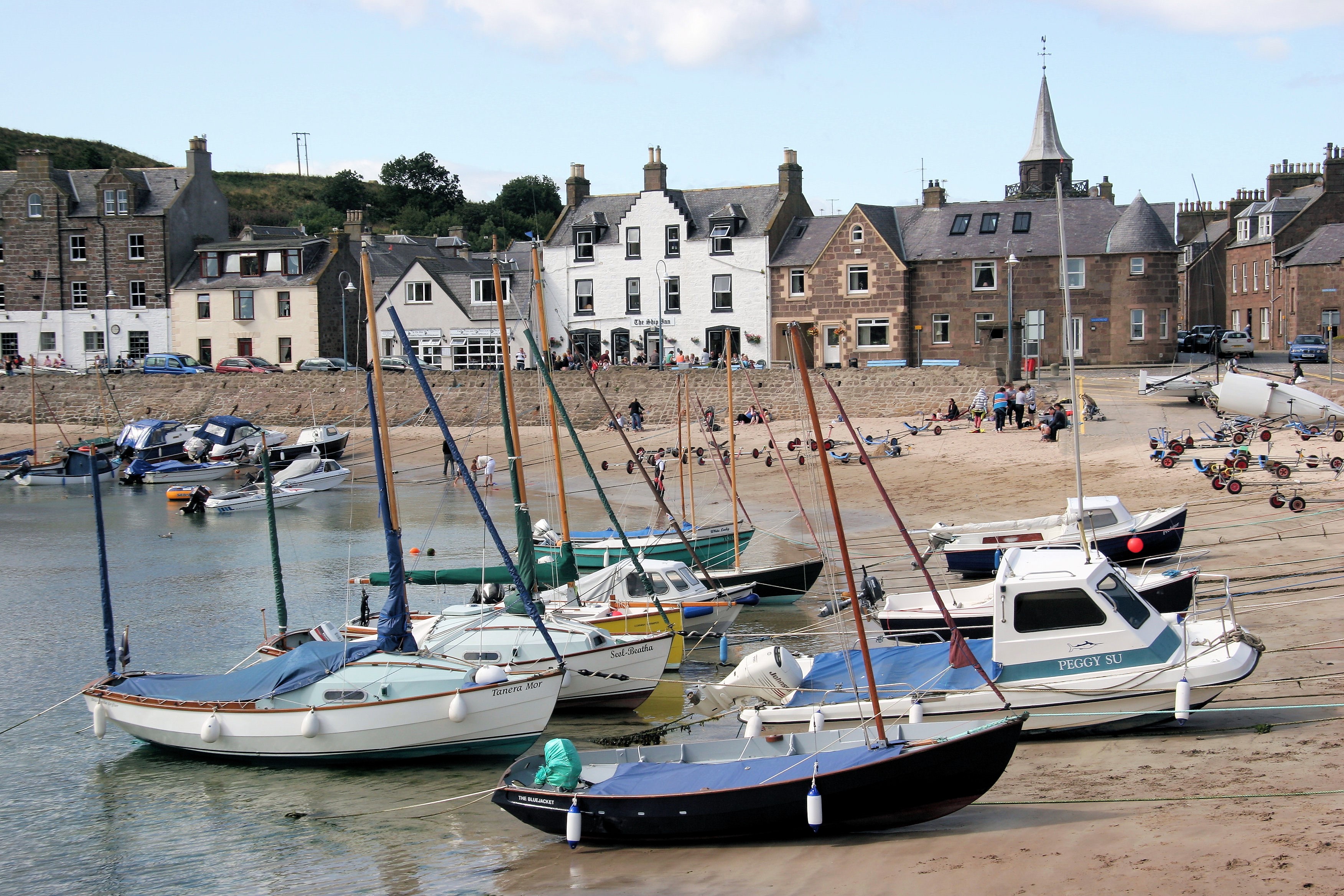
The Ship Inn provides a good lunch, with a view of the harbour.
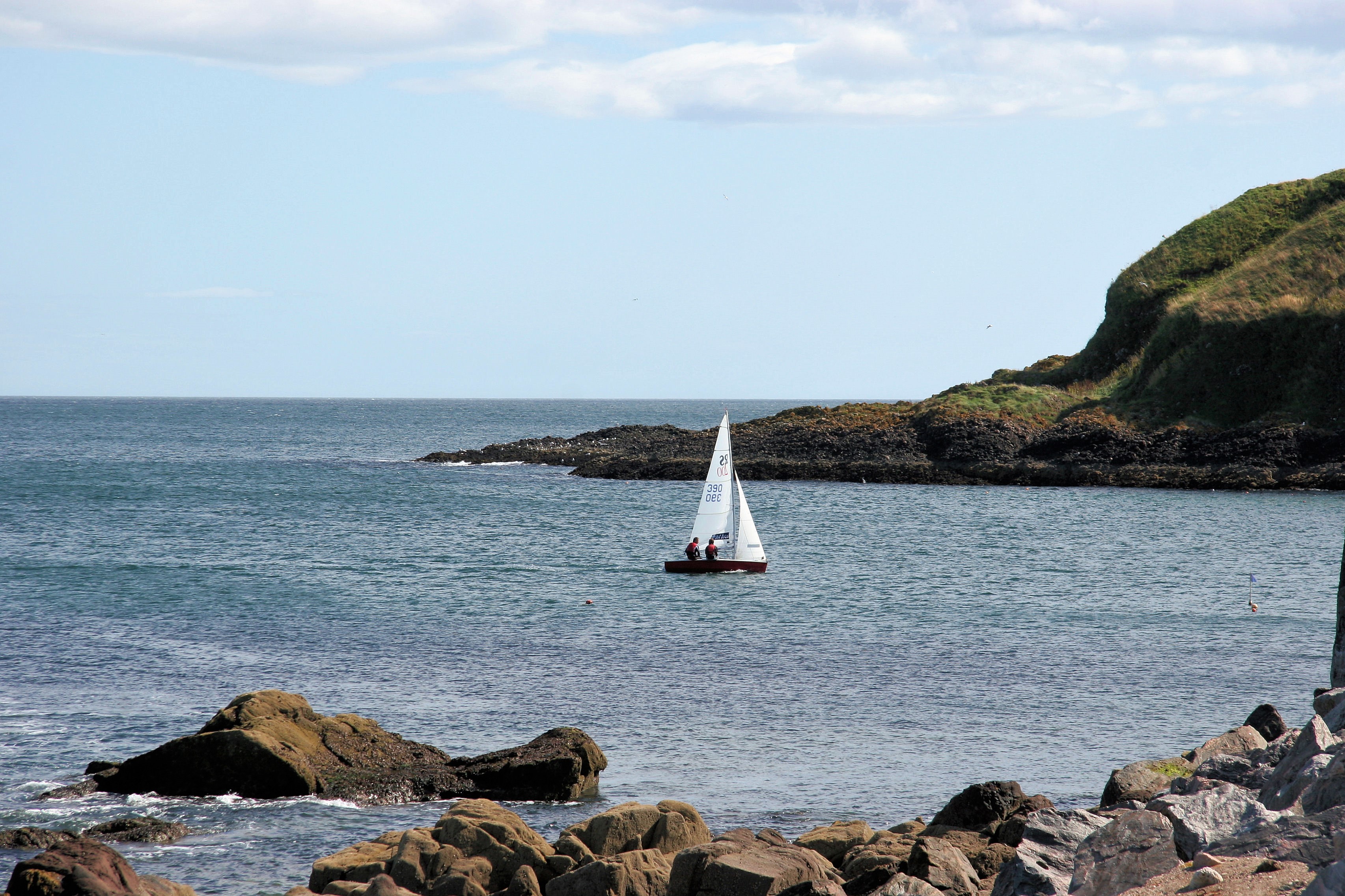
Returning to the harbour...
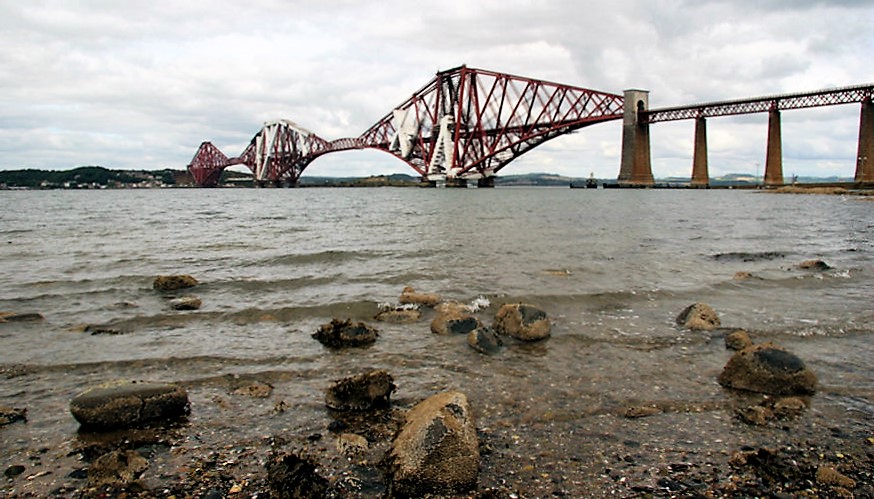
An unmistakable image: the Forth Bridge...
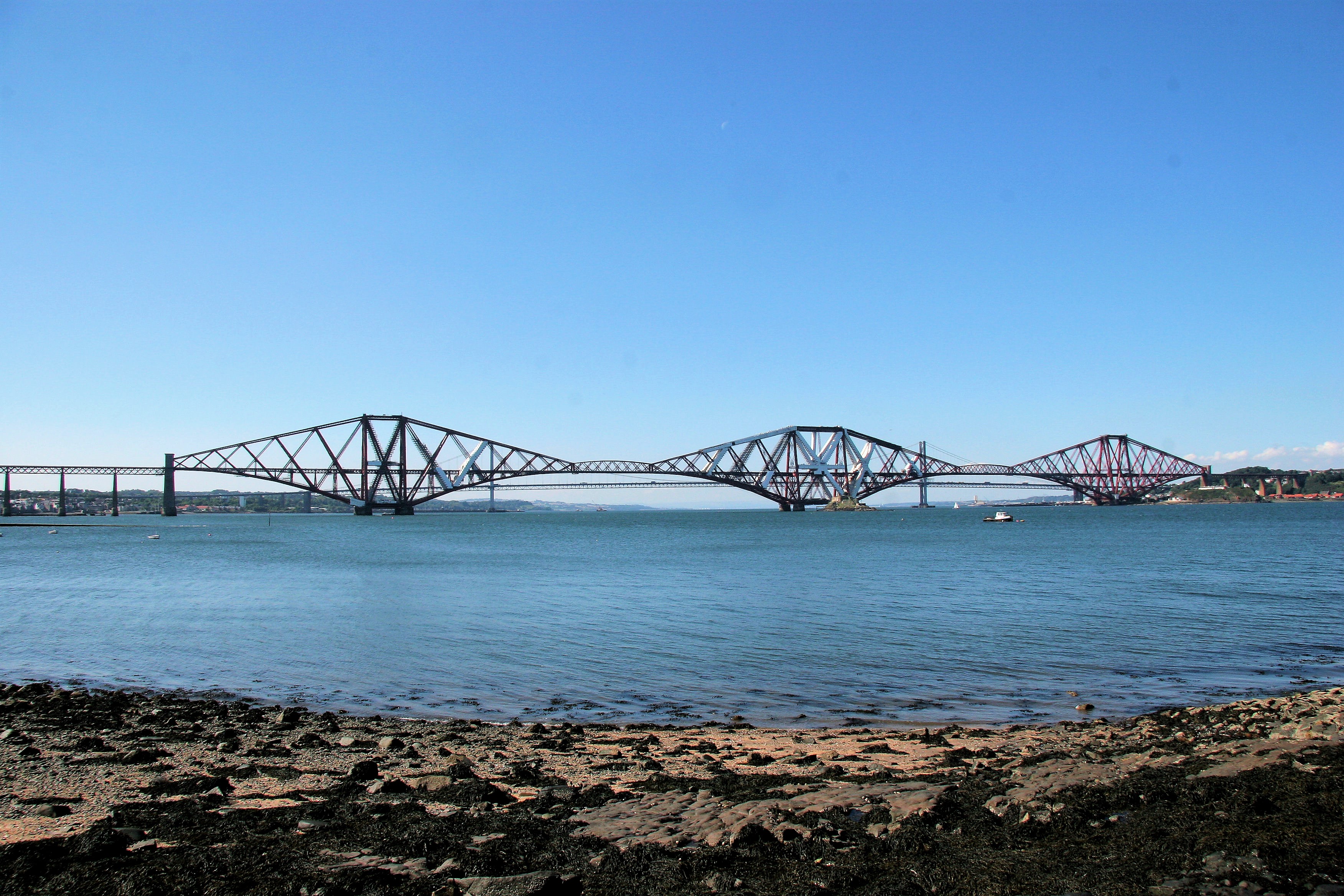
...which is surprisingly delicate when seen at the right angle.
...and more dramatic at sunset.
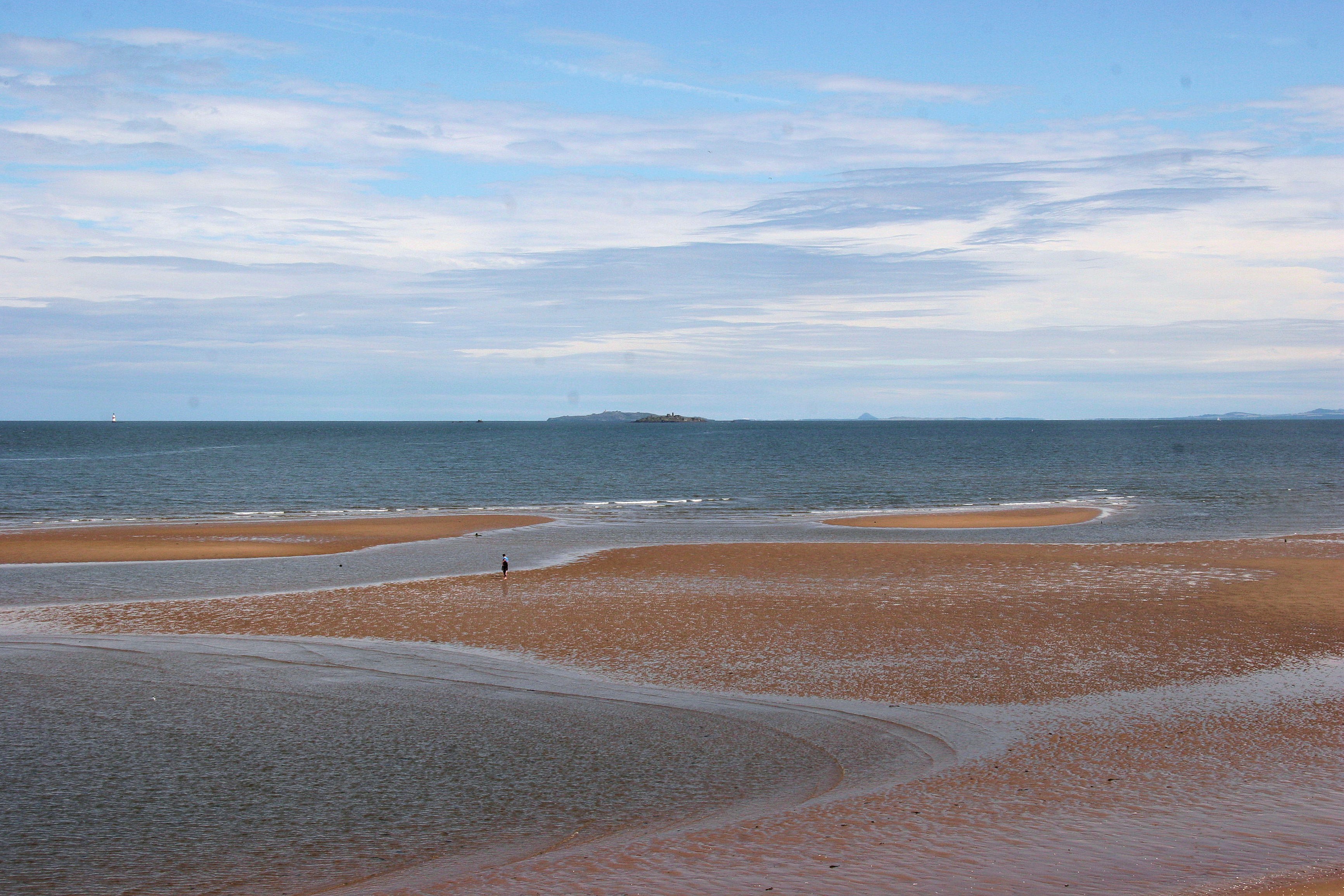
Firth of Forth looking out to sea with Berwick Law and the Isle of May on the horizon.
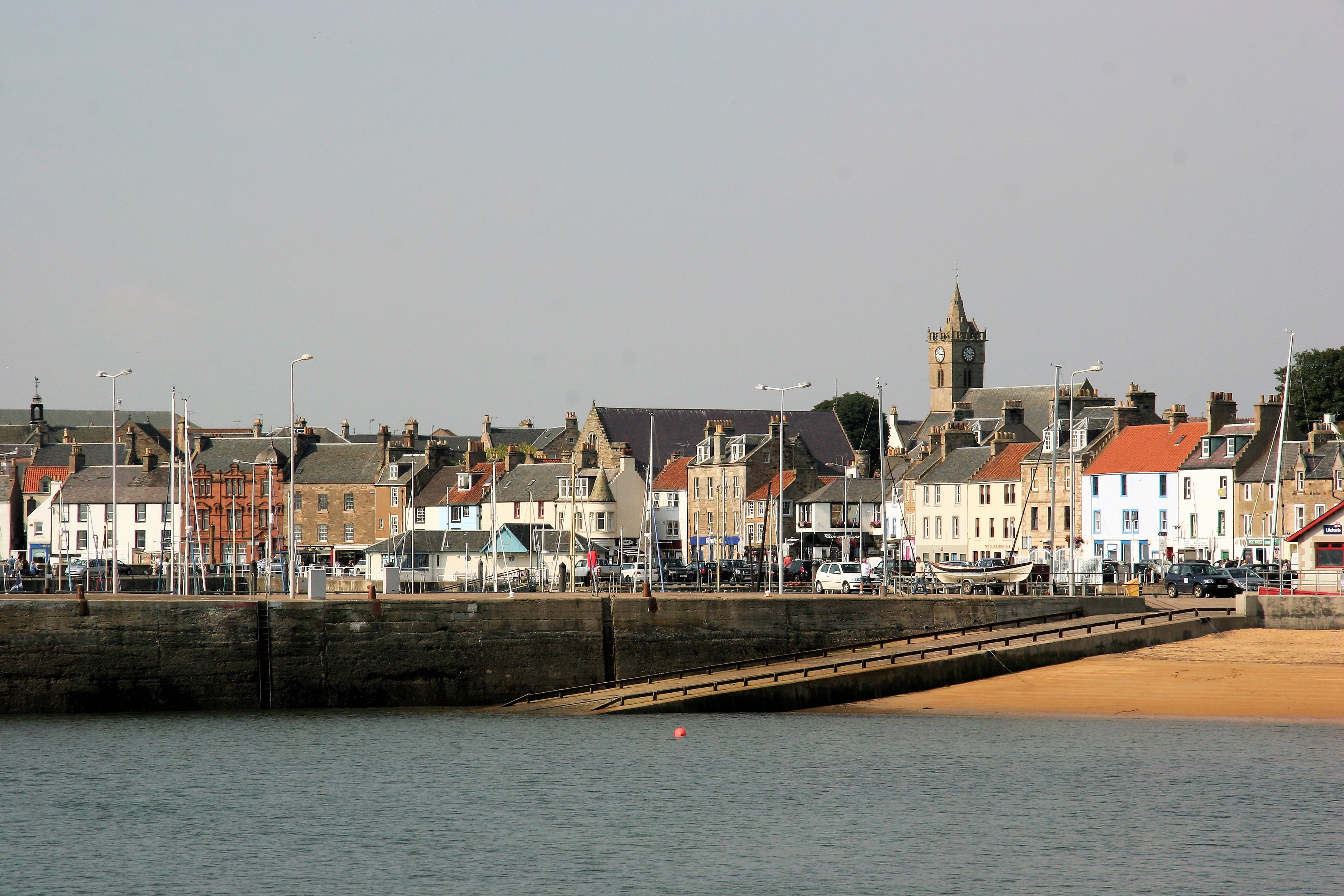
Anstruther.
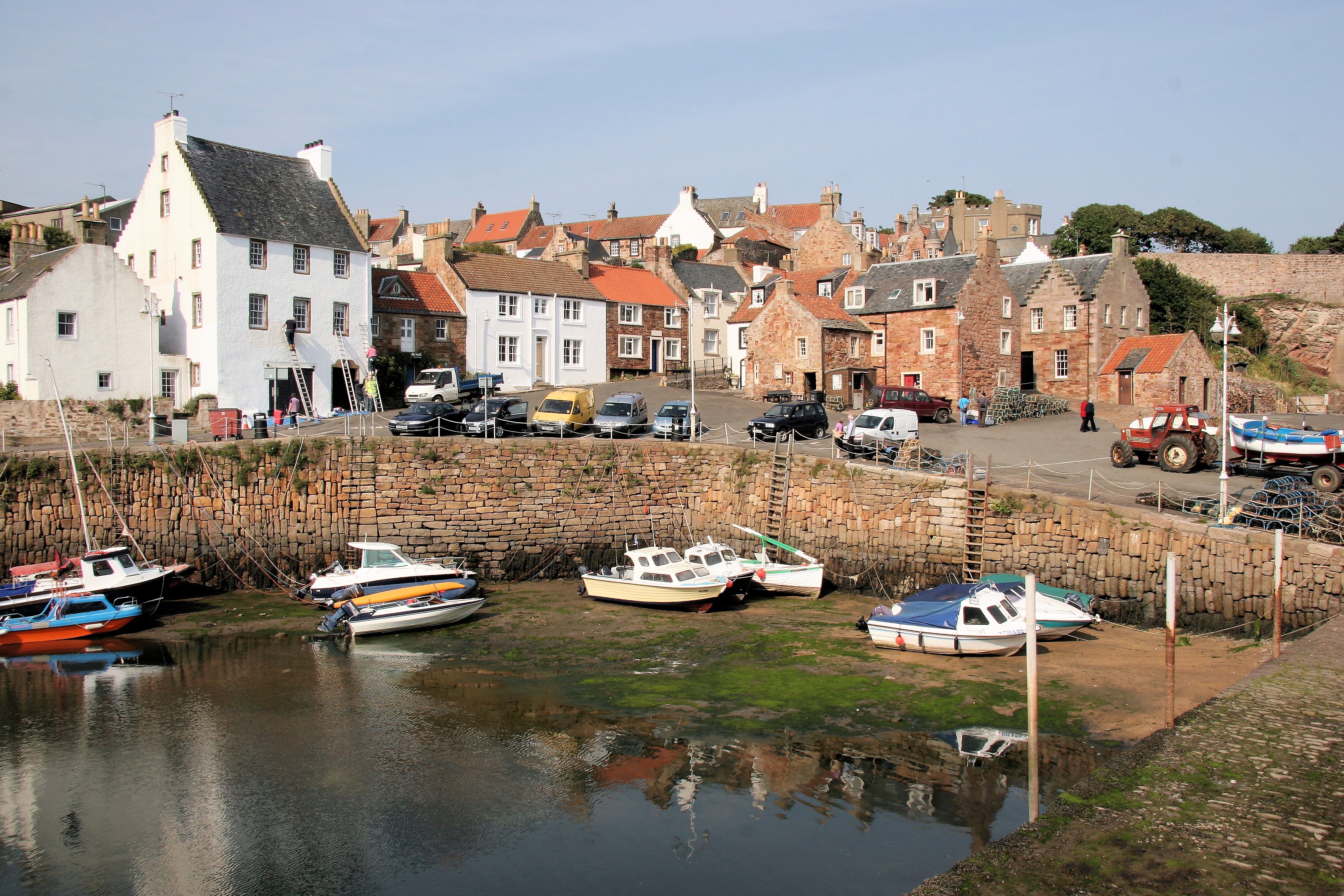
Crail.

Near Kinghorn with Burntisland in the distance.
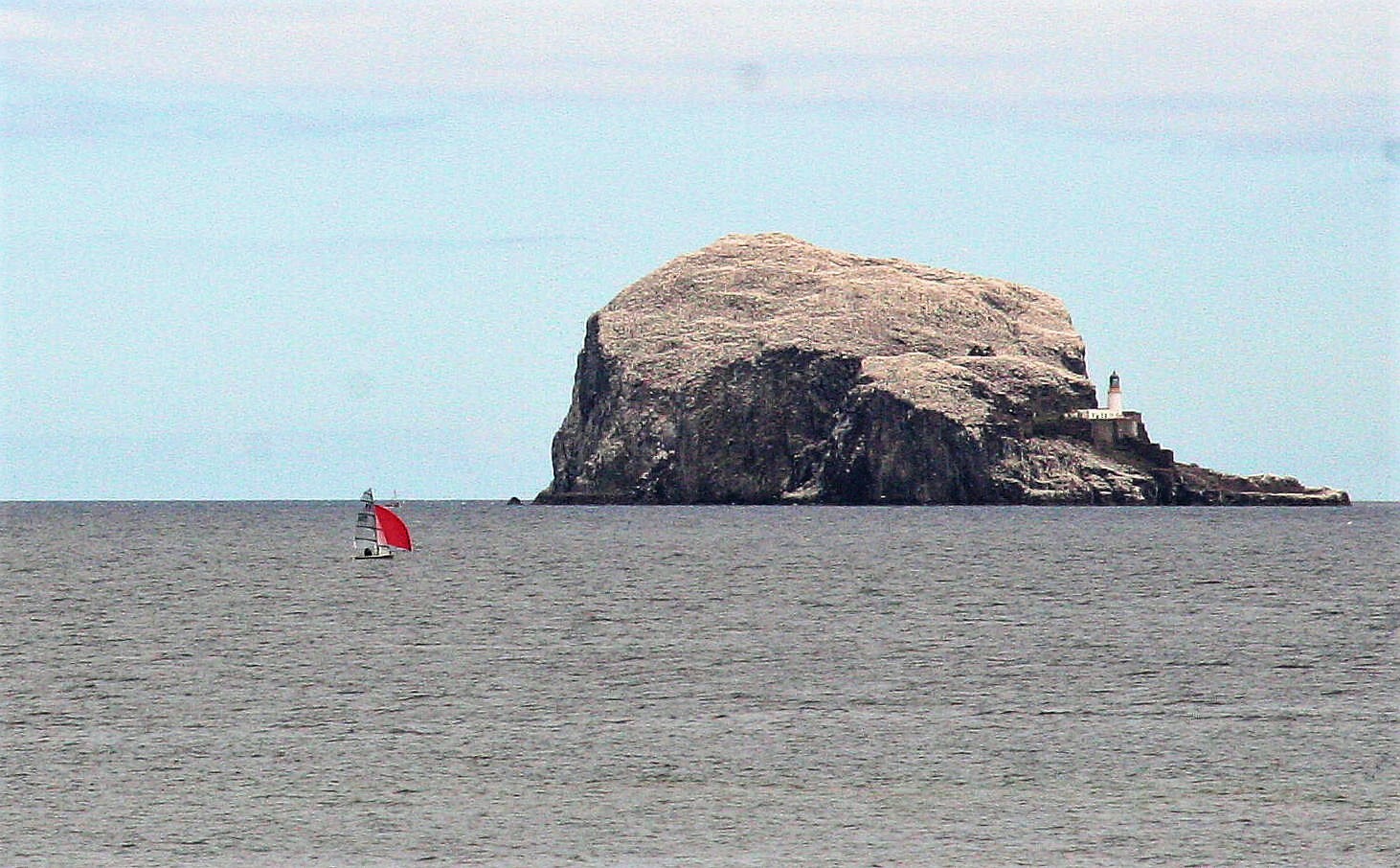
This is the Bass Rock..
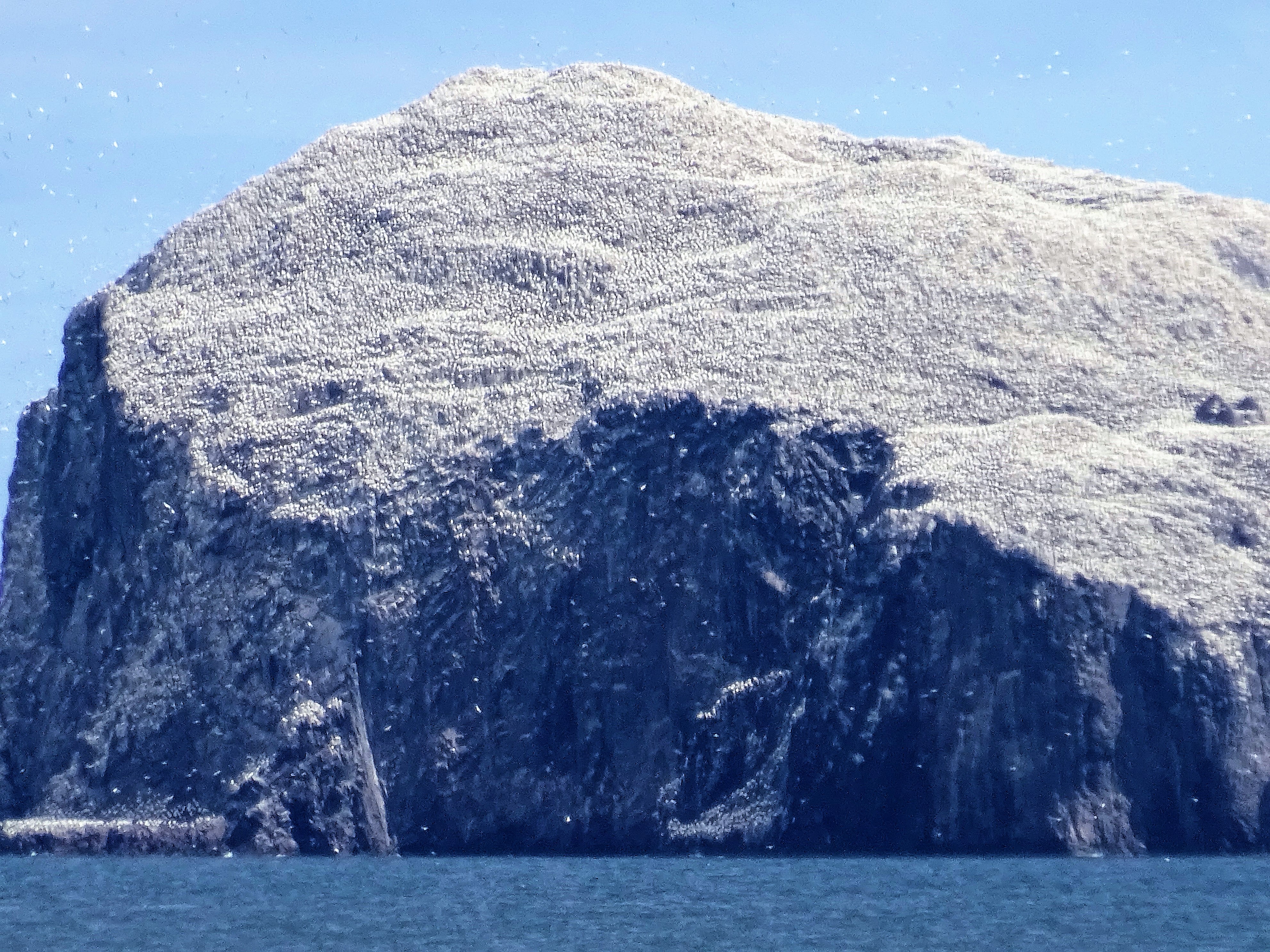
...home to the world's largest colony of gannets. Each white dot is a gannet.
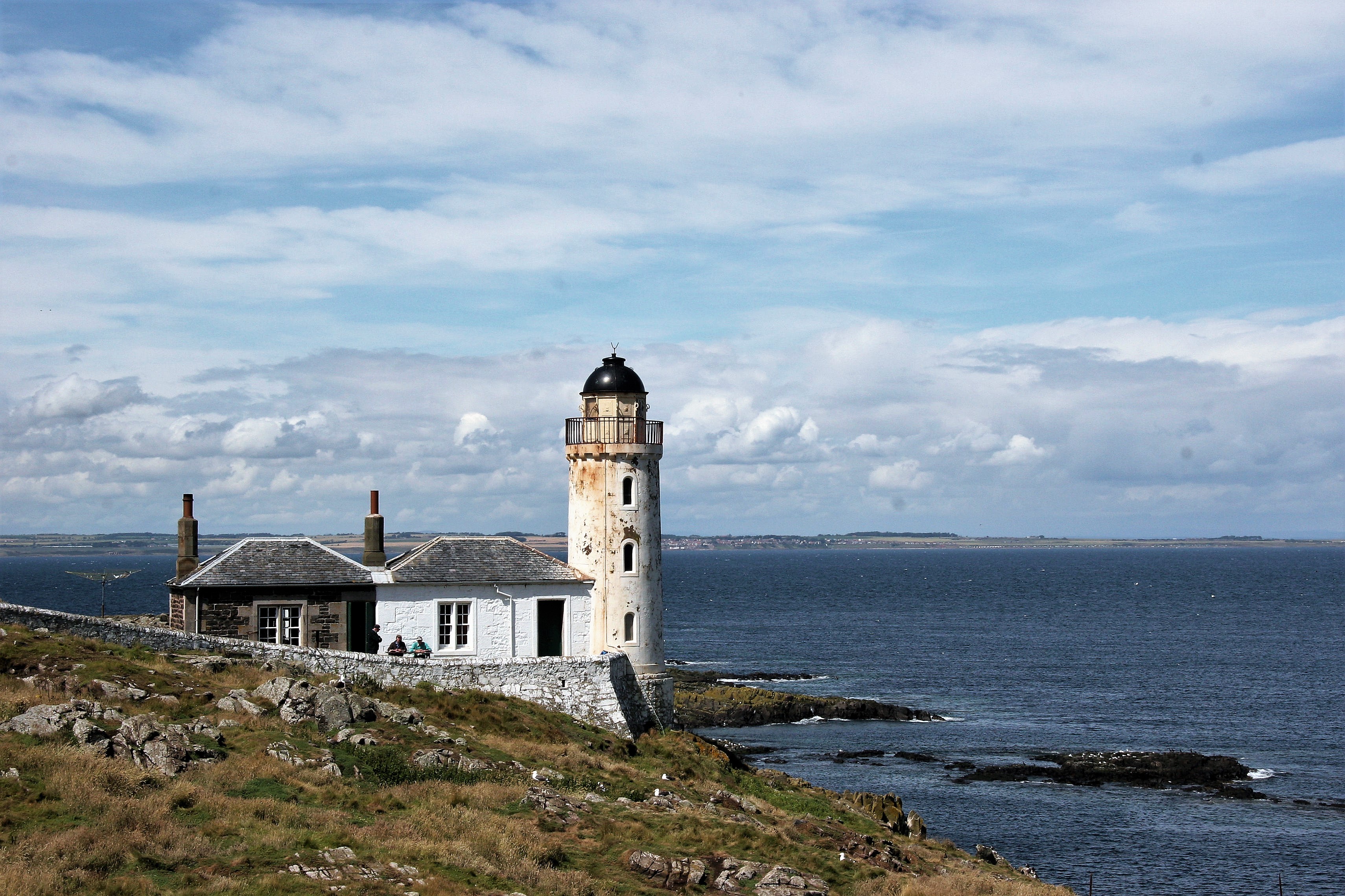
The Fife coast seen from the Isle of May.
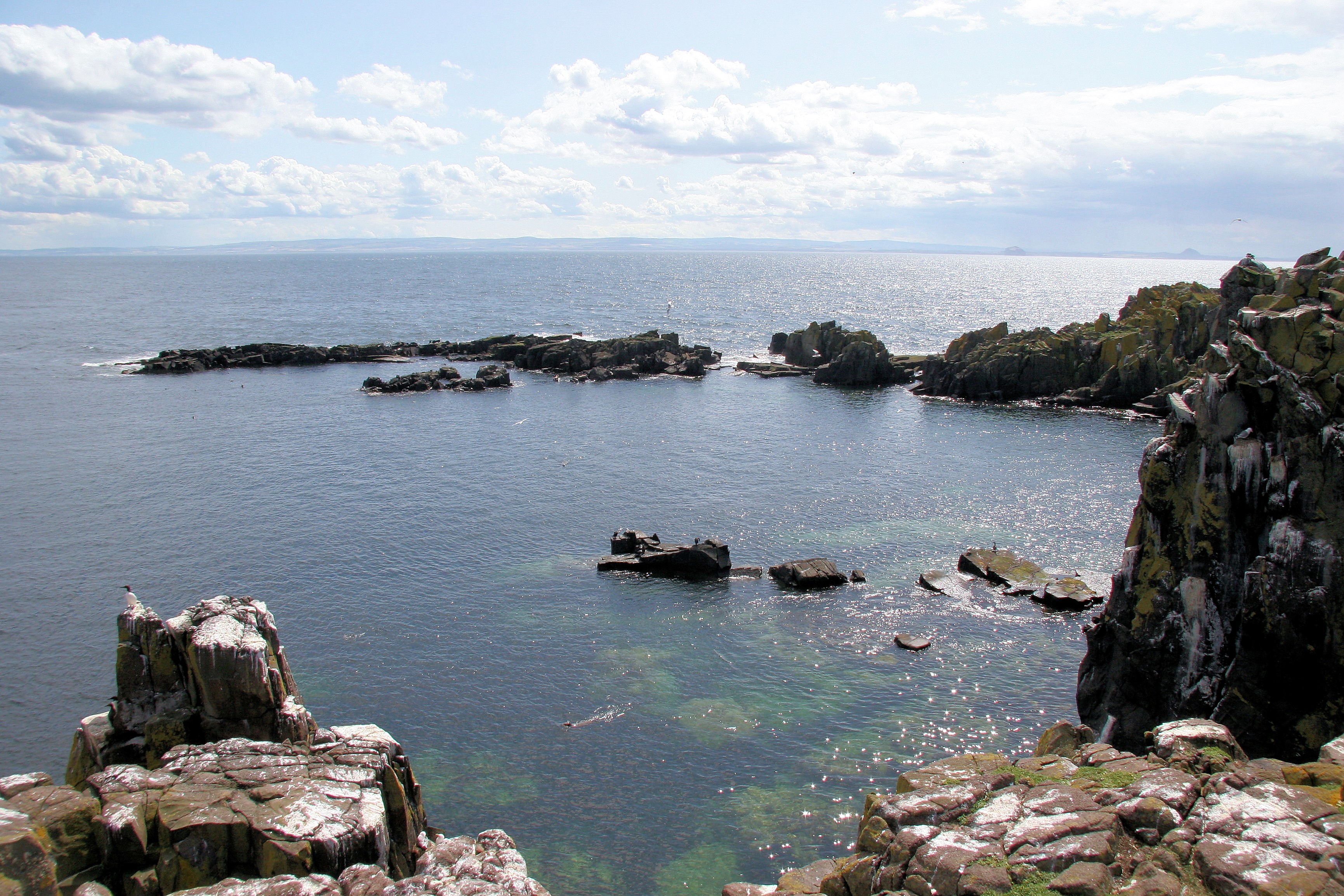
Also from the Isle of May, looking south towards the East Lothian coast. The Bass Rock and Berwick Law are visible on the horizon, right and serendipitously, the shot also includes a grey seal!.
The lovely beach at Low Hesketh with Dunstanburgh Castle on the headland.
Bamburgh Castle Northumberland.
From the castle ramparts, looking out toward the Farne Islands.
The Longstone Lighthouse on the outer Farne Islands.
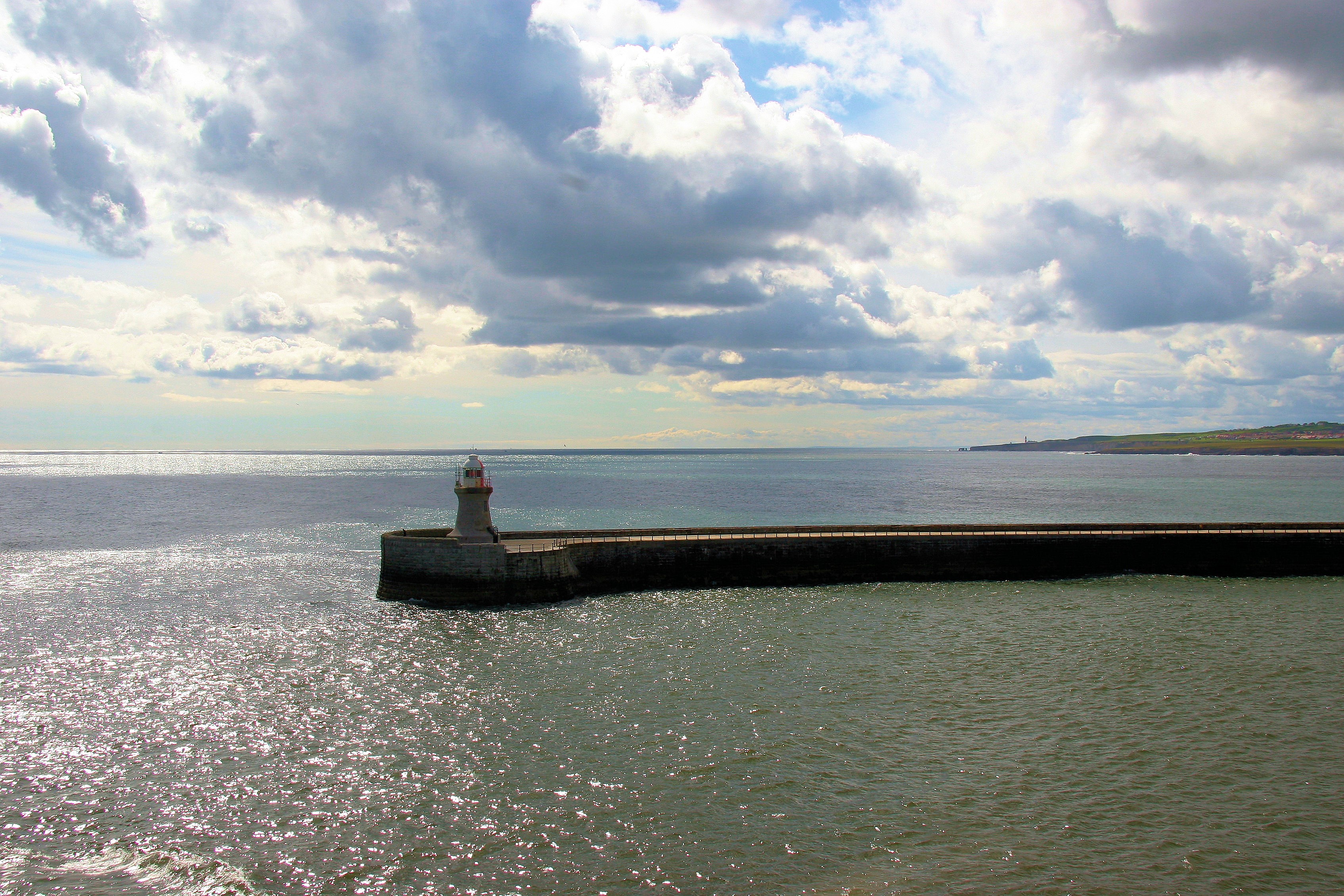
Looking south from the mouth of the Tyne.
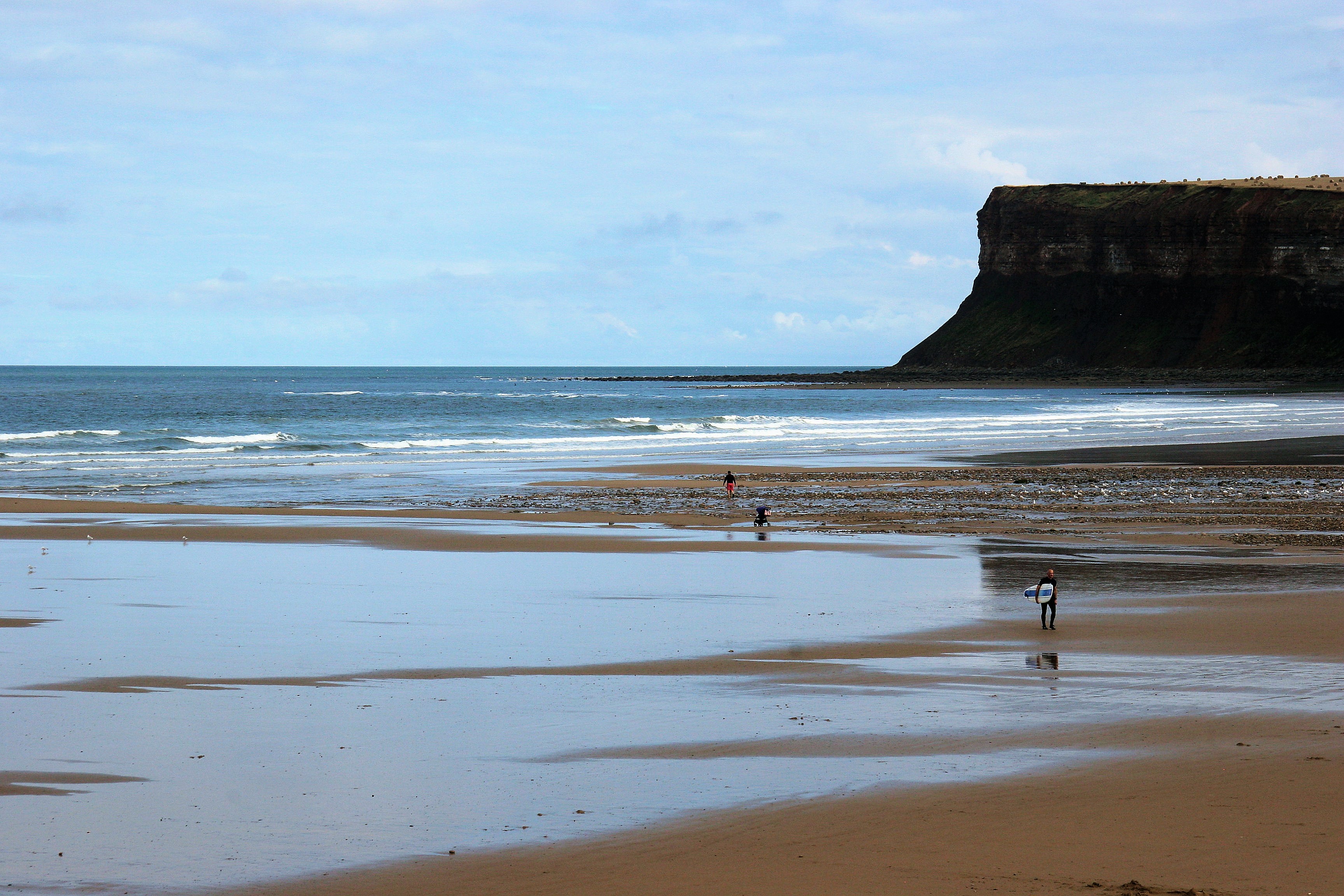
The beach at Saltburn.
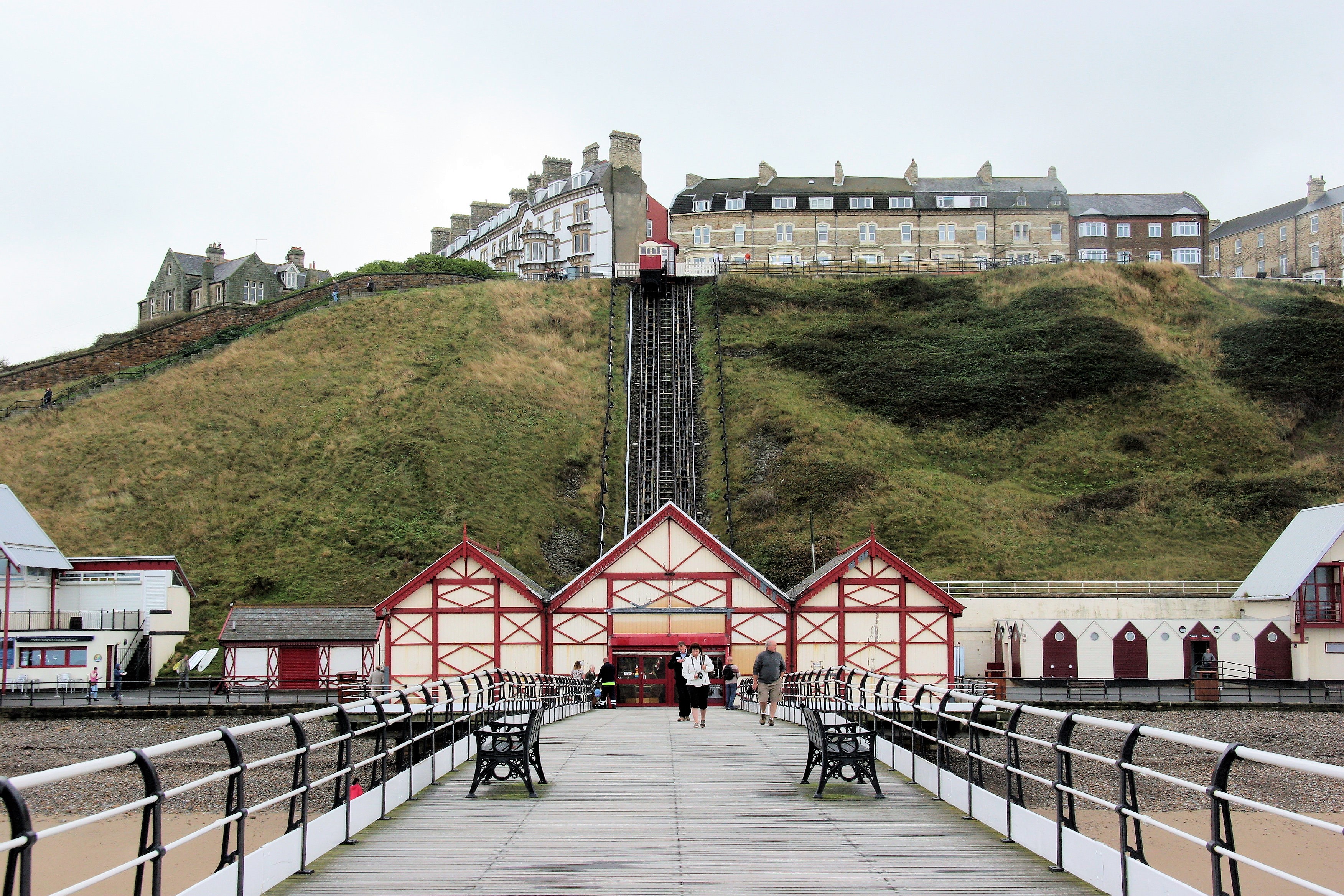
Saltburn is a traditional sea side resort, caught in a late nineteenth century time bubble, with handsome Victorian terraces, an old fashioned pier, beach huts, deck chairs for hire and a cliff lift.

It was always a bit bracing for sitting on the beach and building sand castles, but in recent times has found a new role as a centre for surfing and paragliding where a perennial stiff, cool, onshore breeze is appreciated by more than the windbreak merchants.
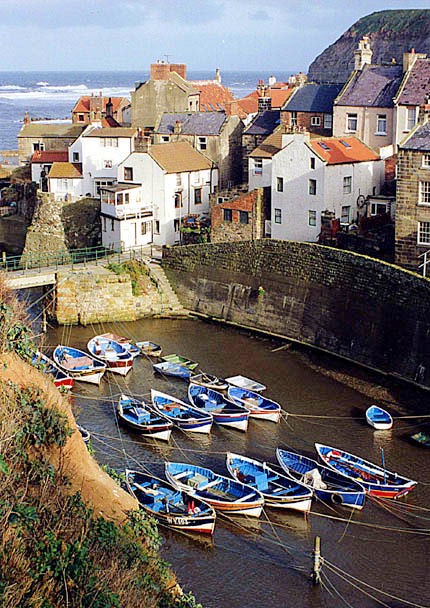
A pleasant walk from Saltburn above the Boulby cliffs brings you to the fishing village of Staithes.
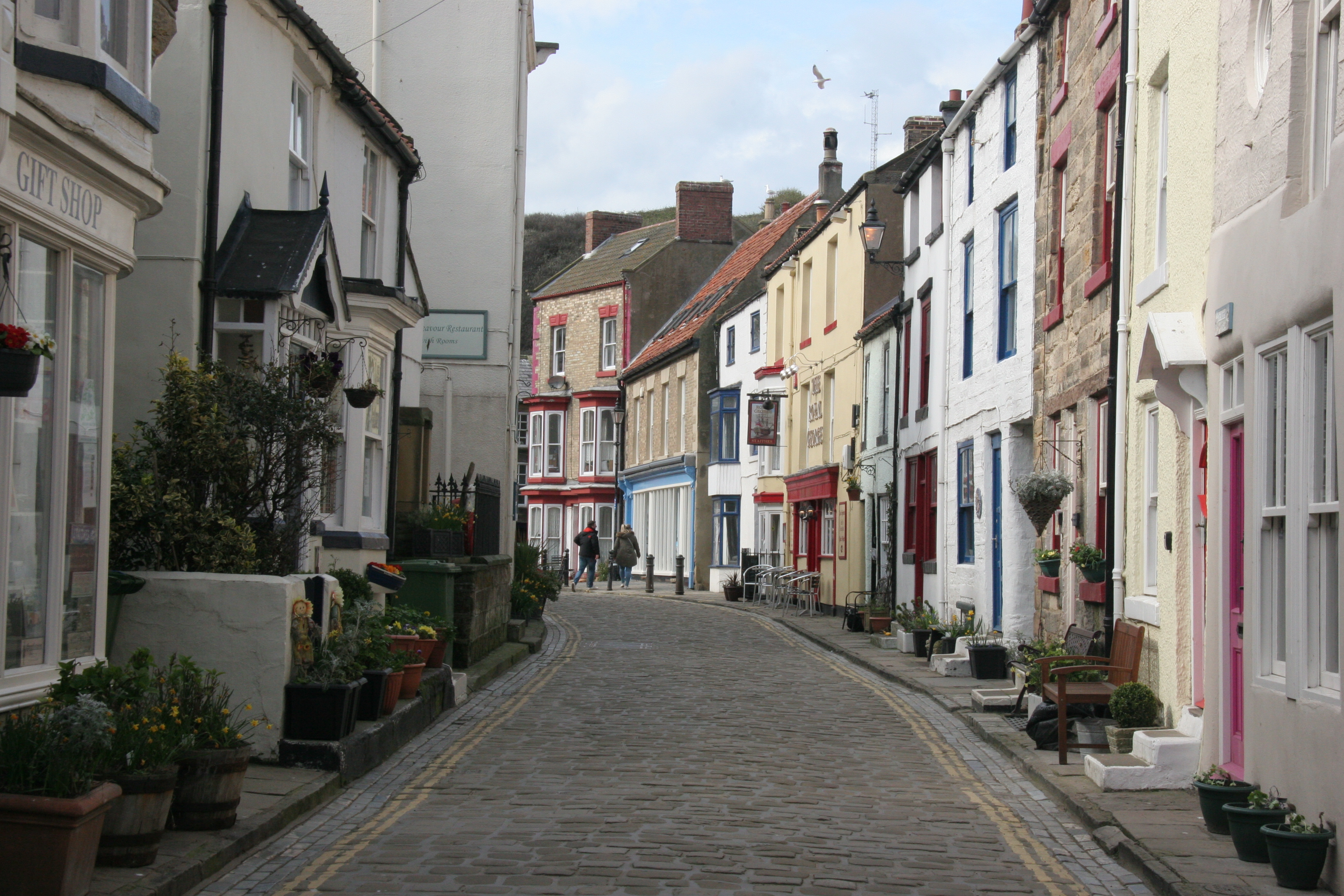
Main street Staithes.

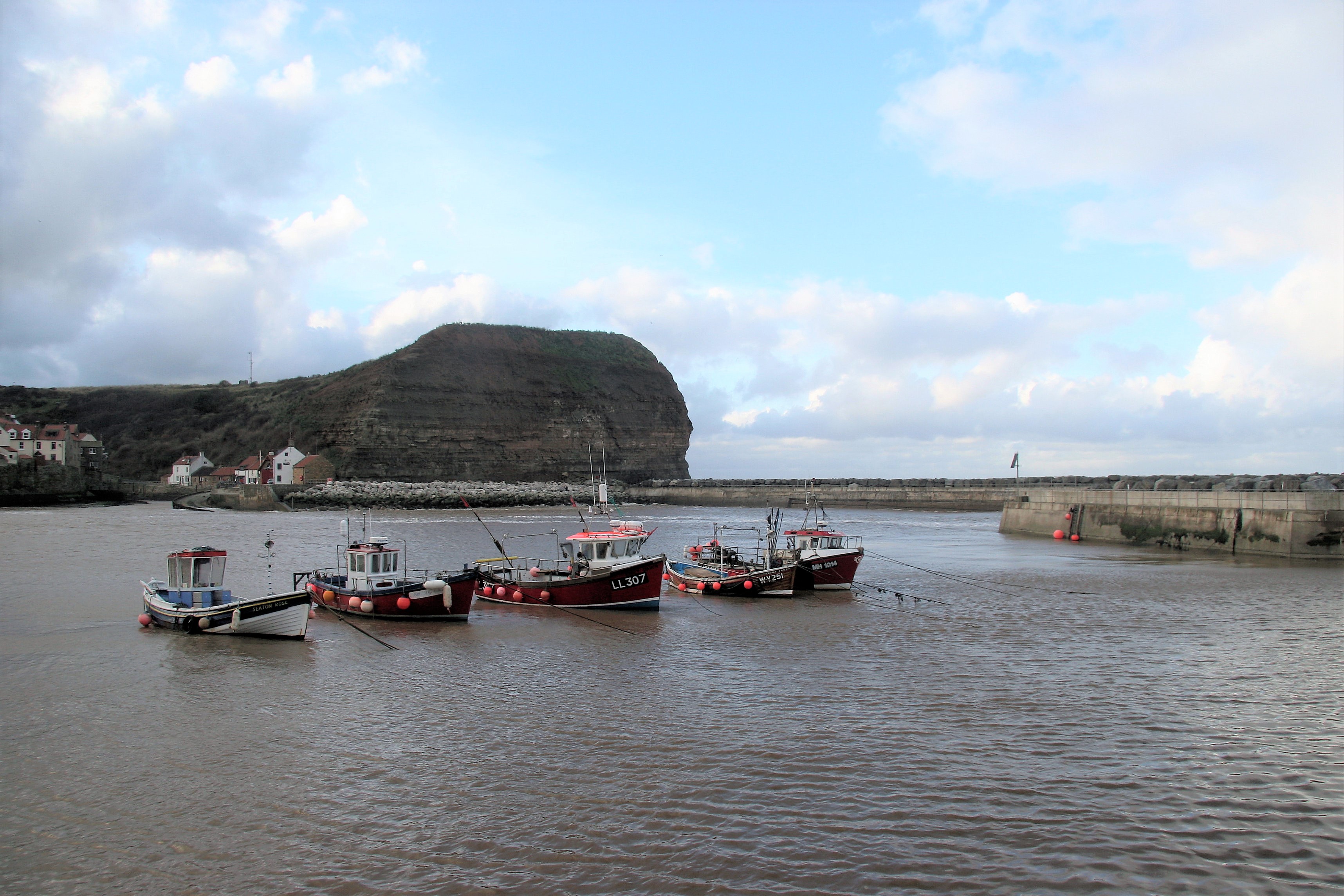
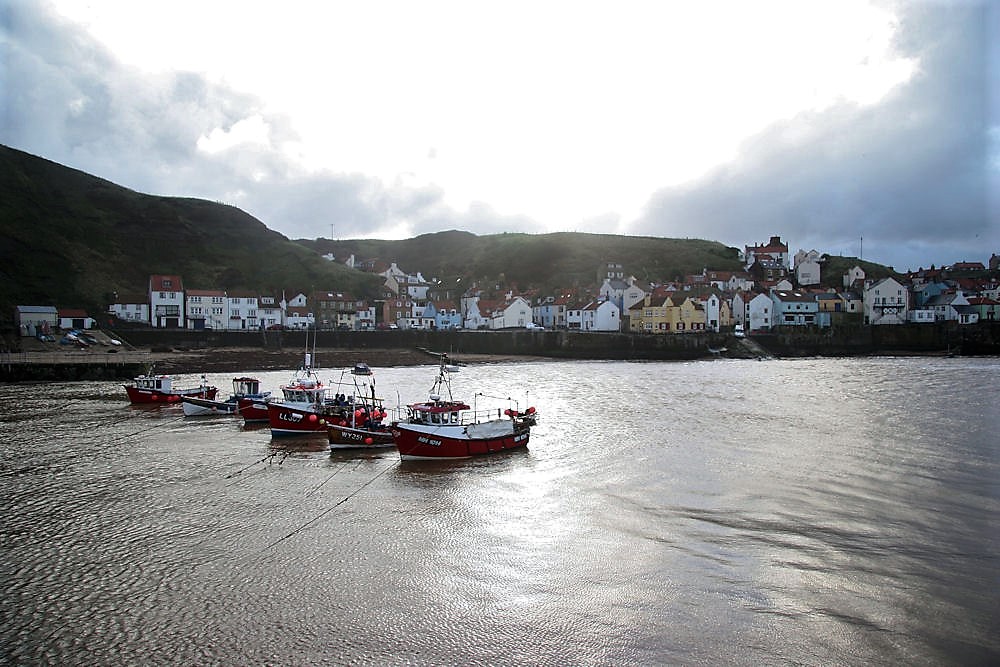
The harbour at Staithes.
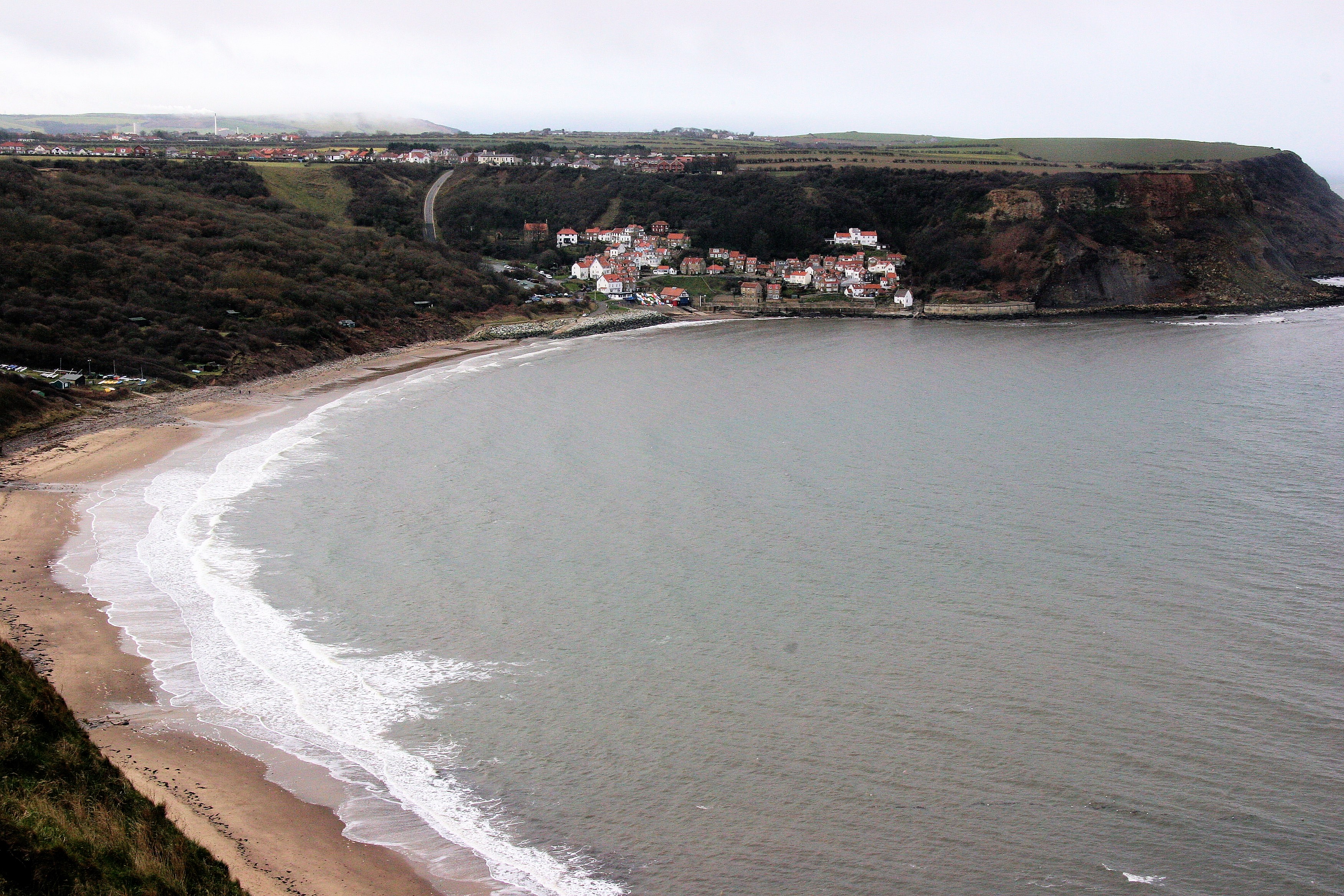
A short walk south of Staithes is Runswick Bay
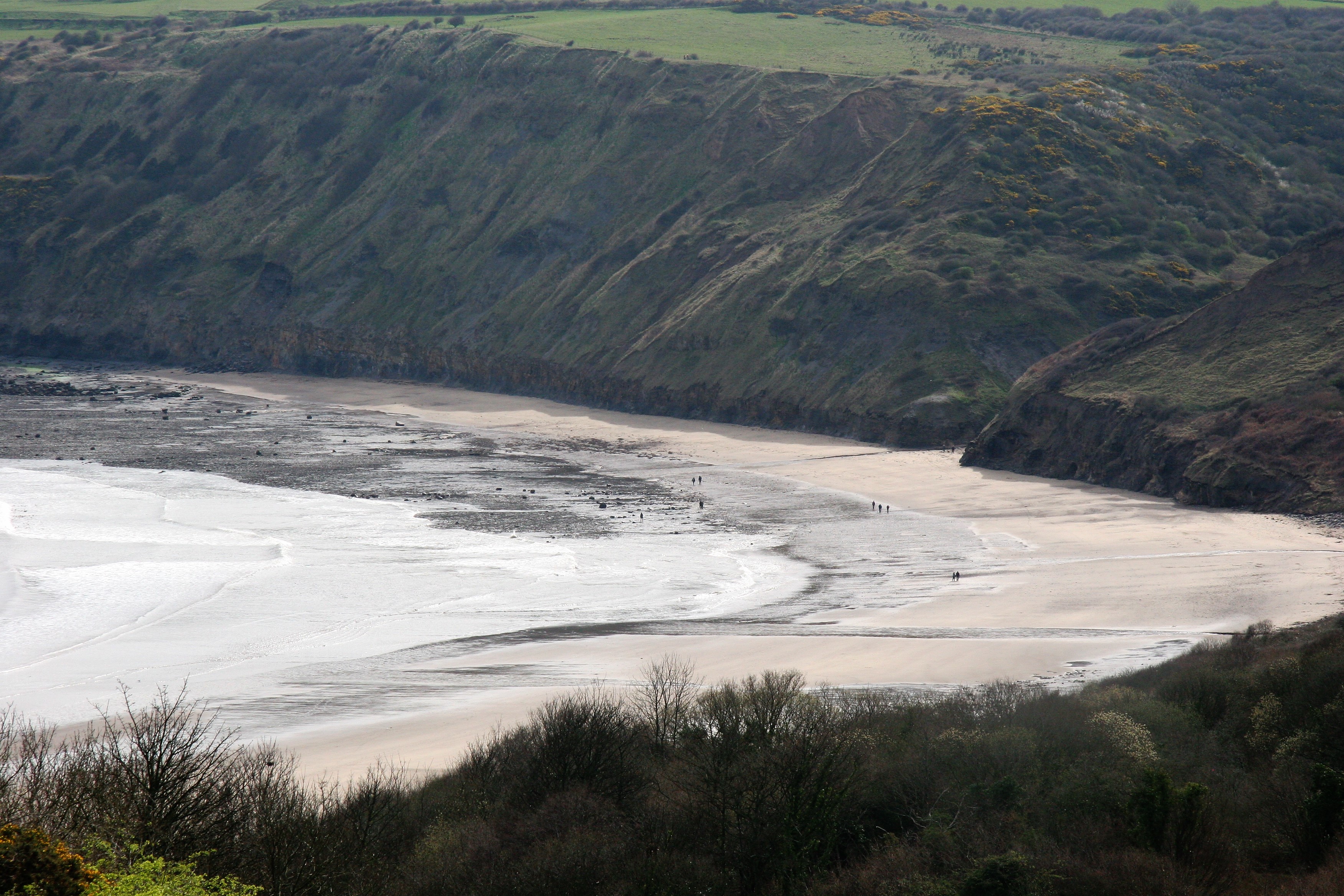
Runswick Bay
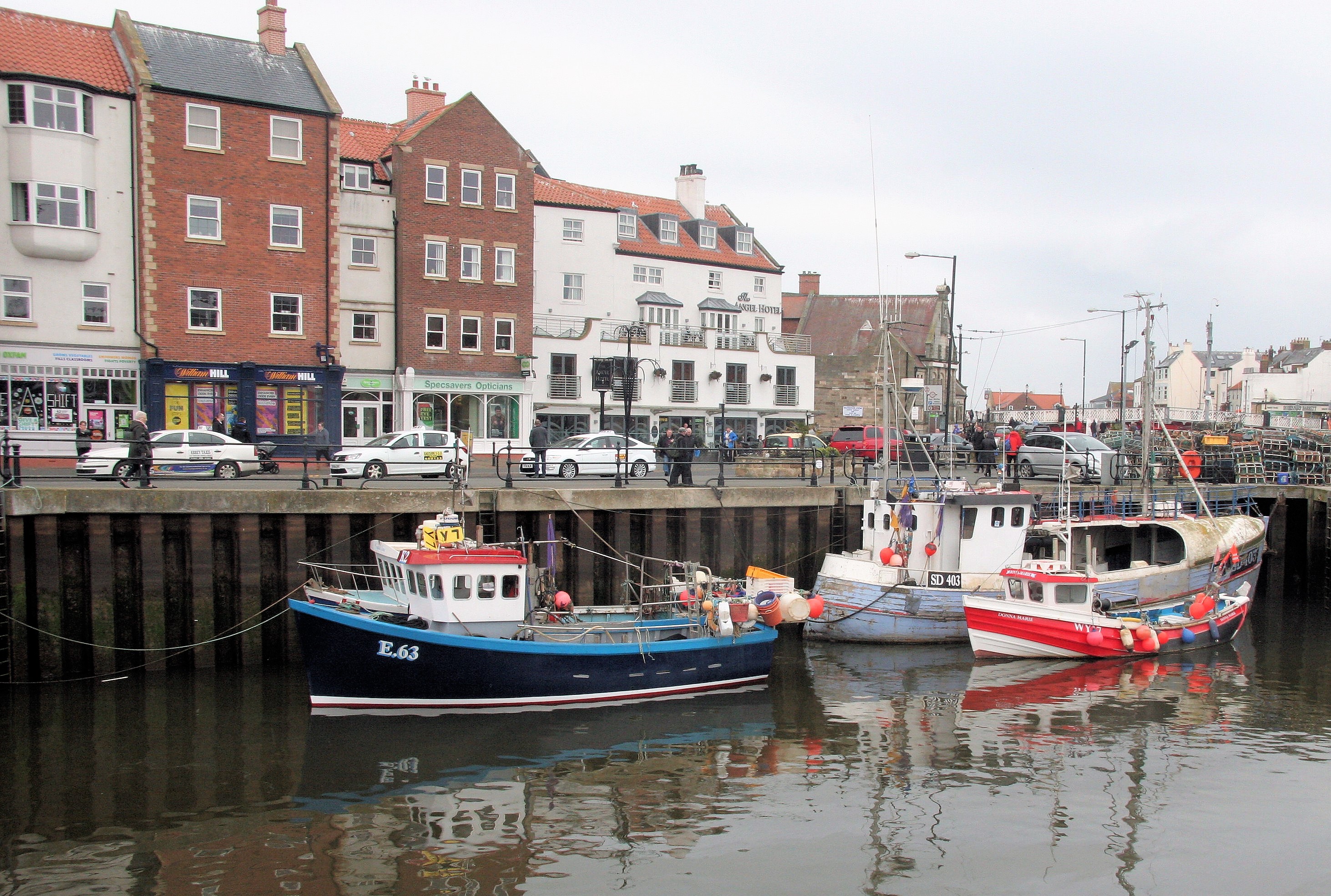
Whitby, one of my most favourite places...
As a child I was very easy to entertain. I would spend hours on this bridge watching the waves crash through the gap between the piers. In our more cautious present the authorities close off the pier if there is more than a gentle swell....
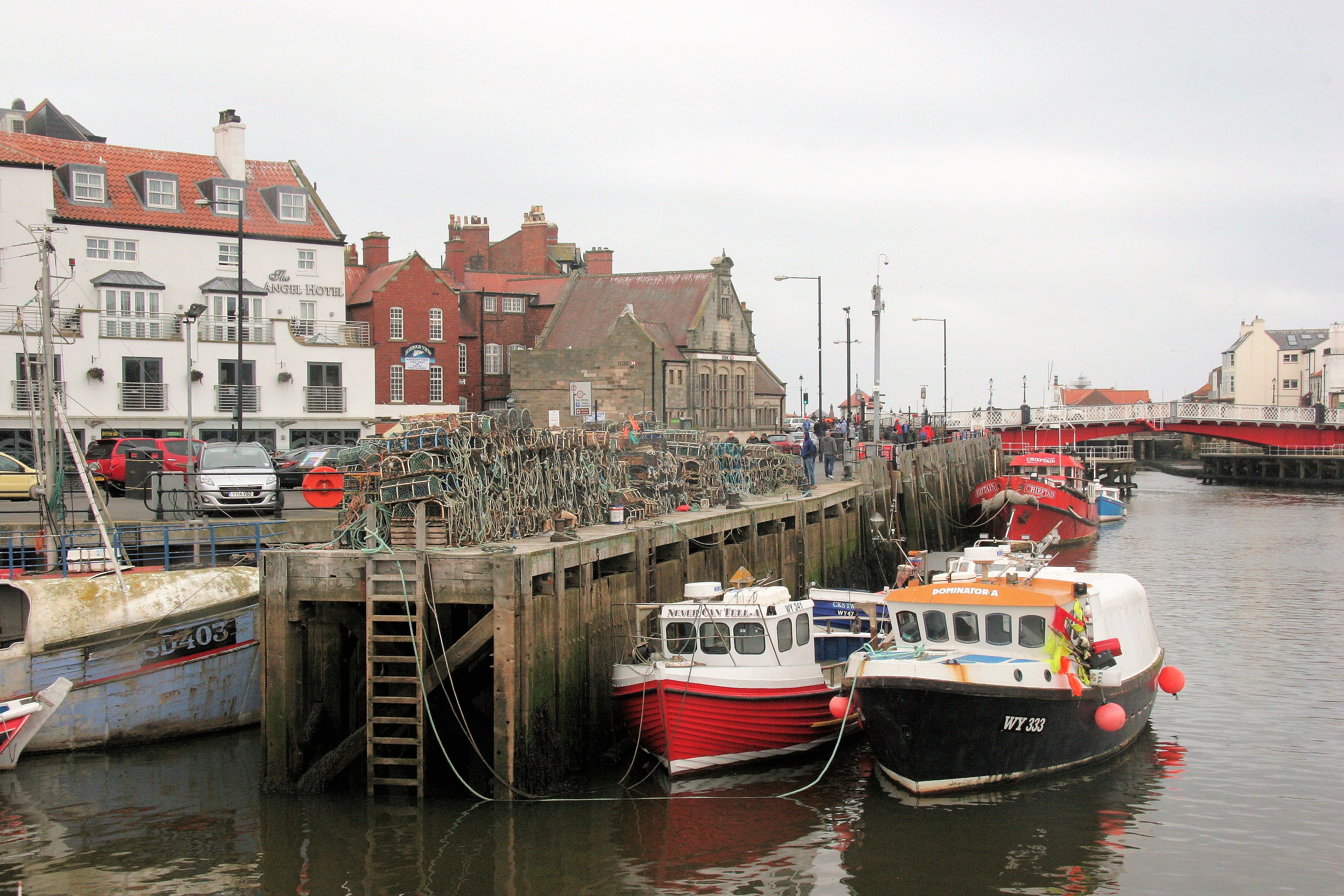
Inner harbour, Whitby.
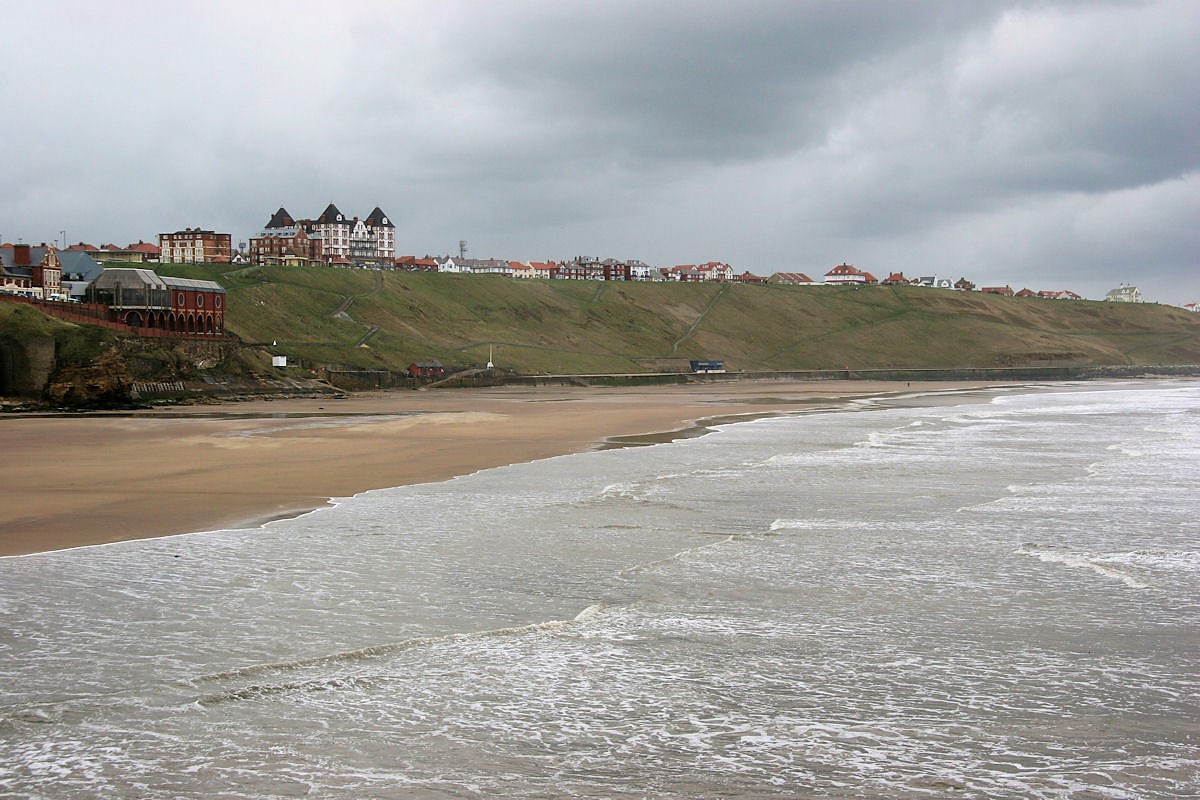
There is a fabulous apartment in the former Metropole Hotel where we have stayed four times. Sadly, the owner once banned me! (For the full story of this harrowing incident I refer you here elsewhere on this site.)
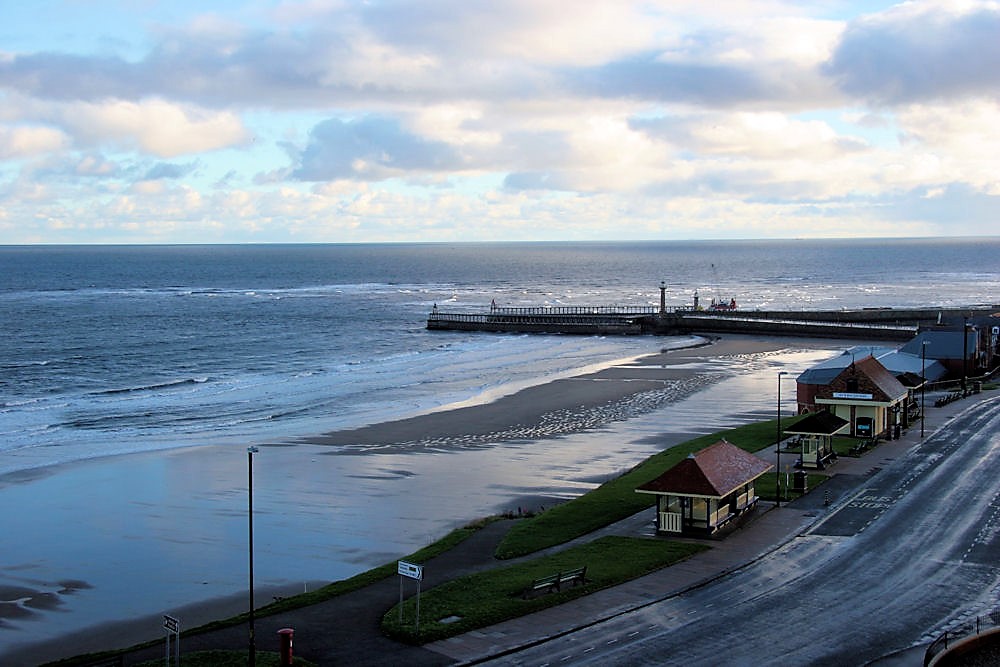
Early morning view from the apartment.
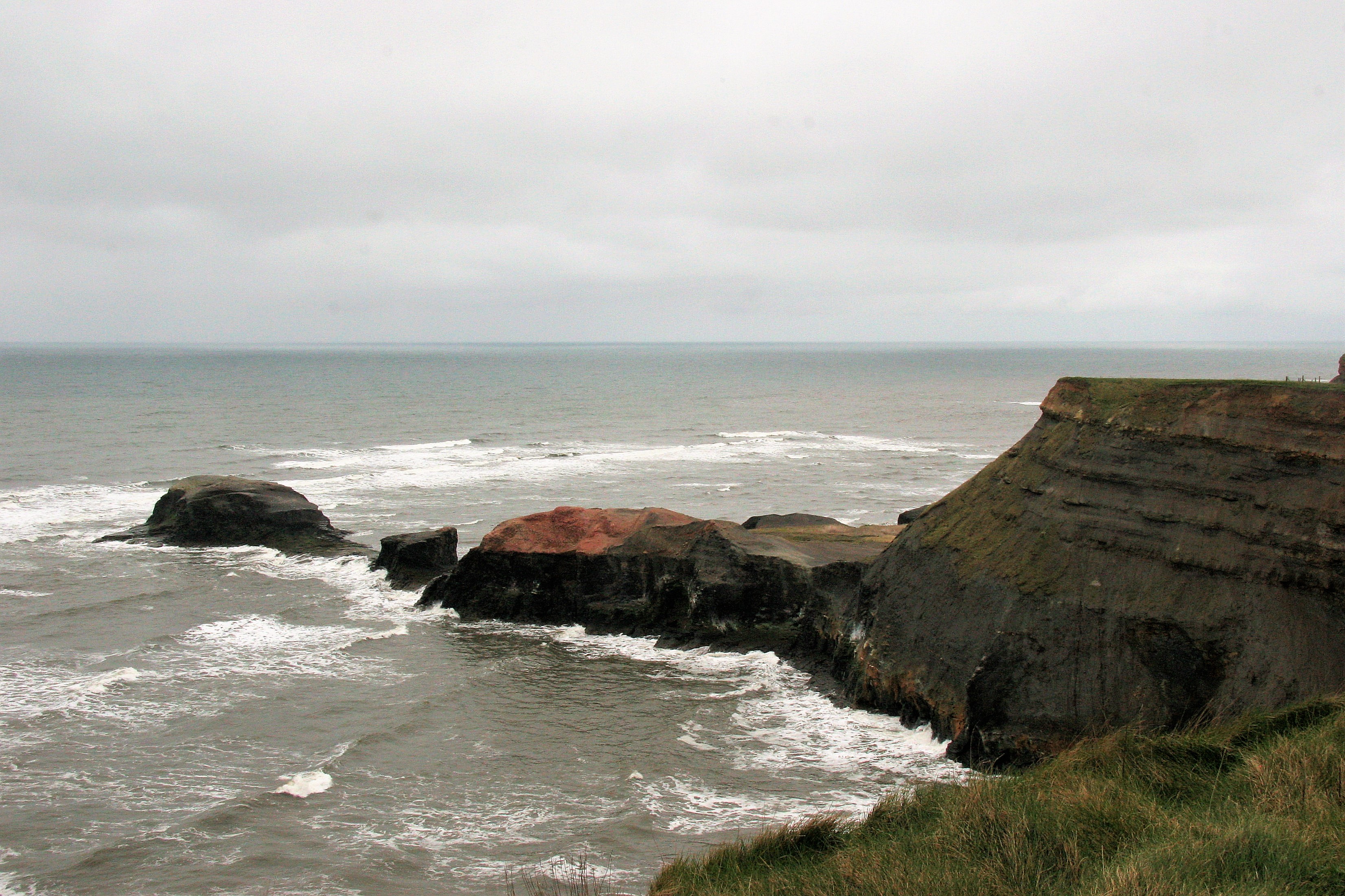
The geology of this part of the coast contains a soft oil shale which was mined to produce alum used in the early dyeing industry, significantly altering the coastline at various sites such as Ravenscar, Sandsend and here at Saltwick Nab.
Unique to this area, the fossilised remains of Araucaria (monkey puzzle trees) are mined to produce Whitby Jet from these cliffs..
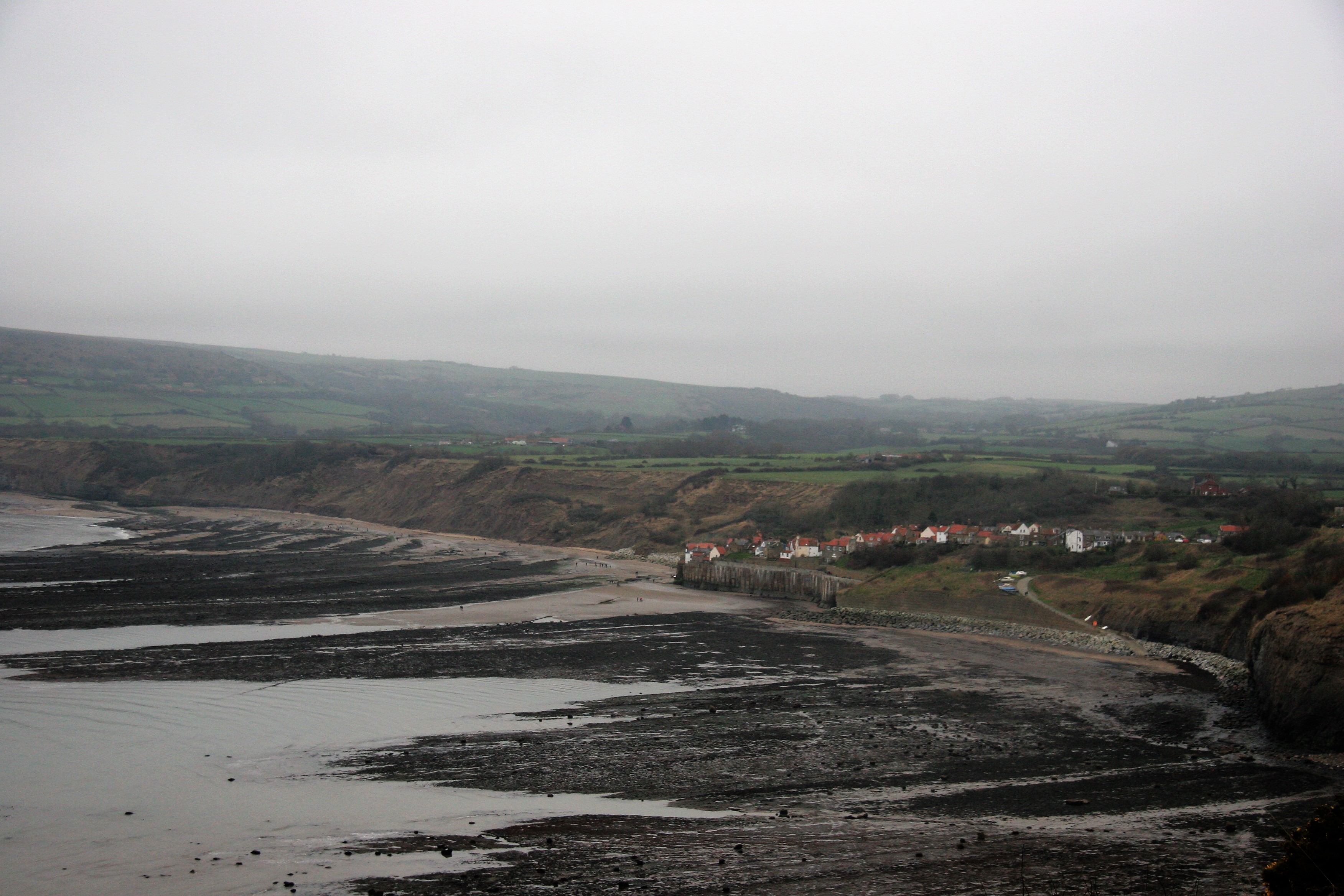
Robin Hood's Bay - much loved by goeography teachers for the low tide geology lessons it provides...
Looking north from Filey Brig towards Scarborough with Ravenscar in the distance.
Filey Brig at low tide.
The Brig.
I love Filey because it has not changed at all from when I first knew it in the 1950s.
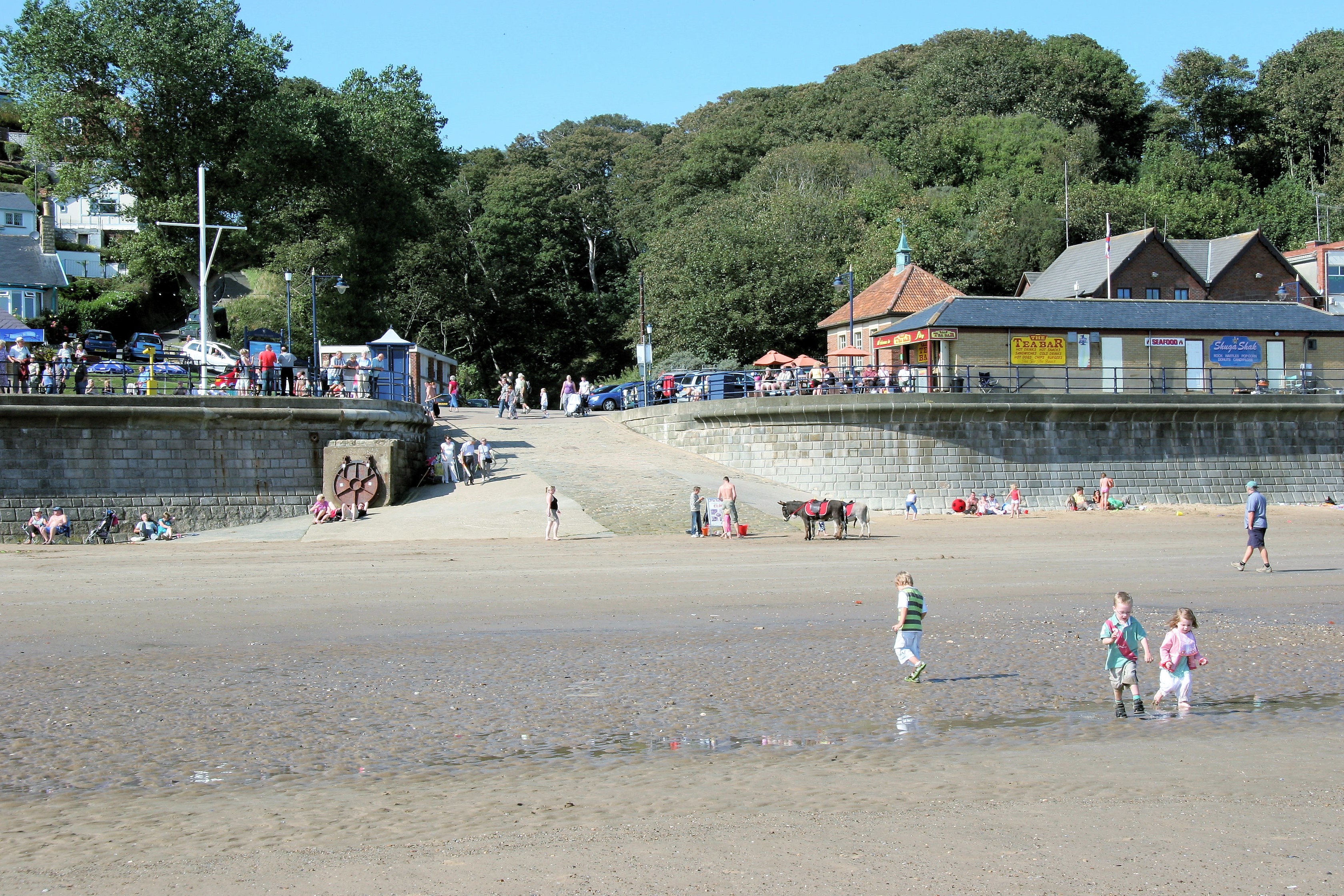
The Dene with the coble landing to the right.
The only change that has happened is that the number of cobles has declined from this scene twenty years ago. Only two cobles were still working last time we visited.
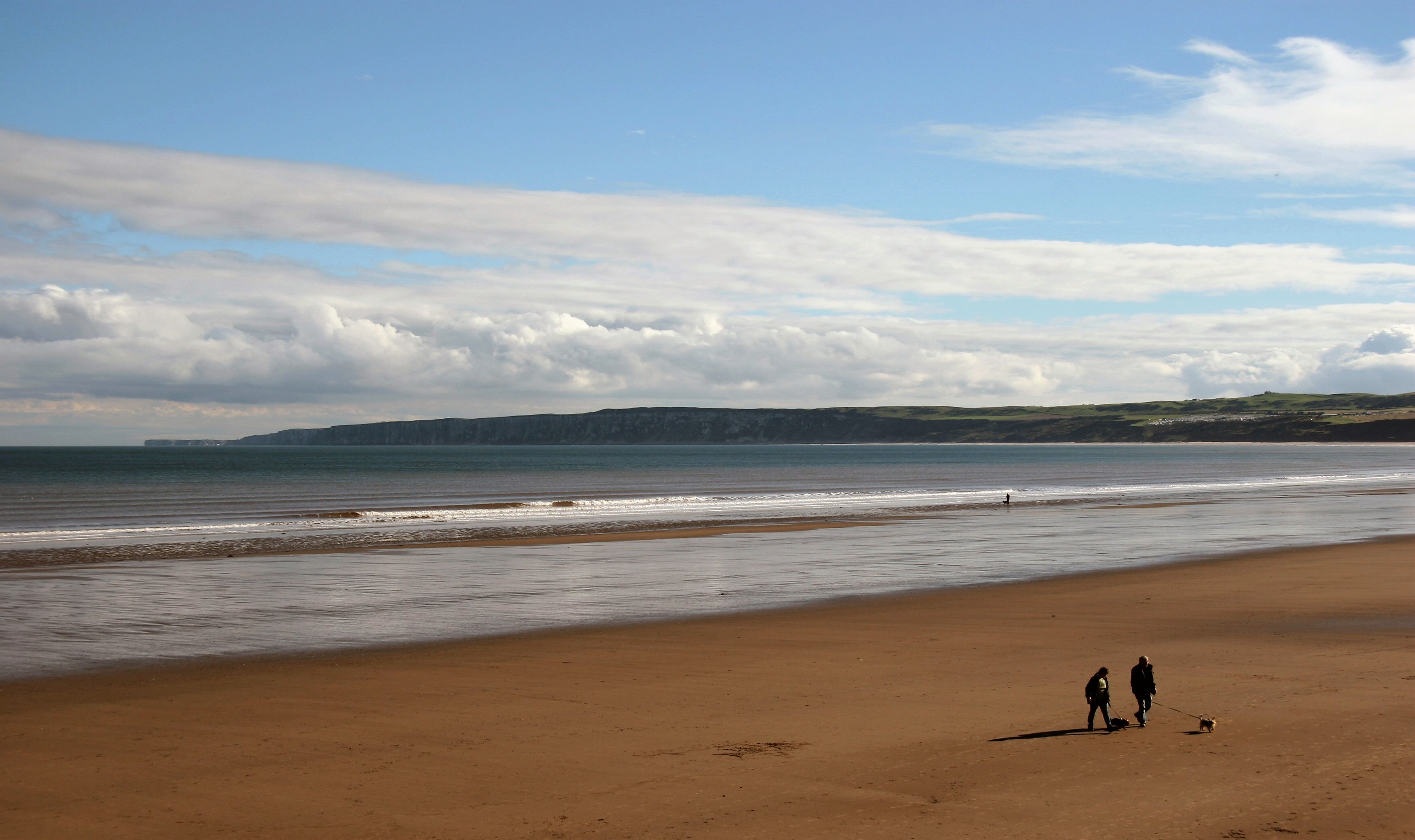
Filey Bay (good cricket sand!) Flamborough Head in the distance, Bempton Cliffs in centre.
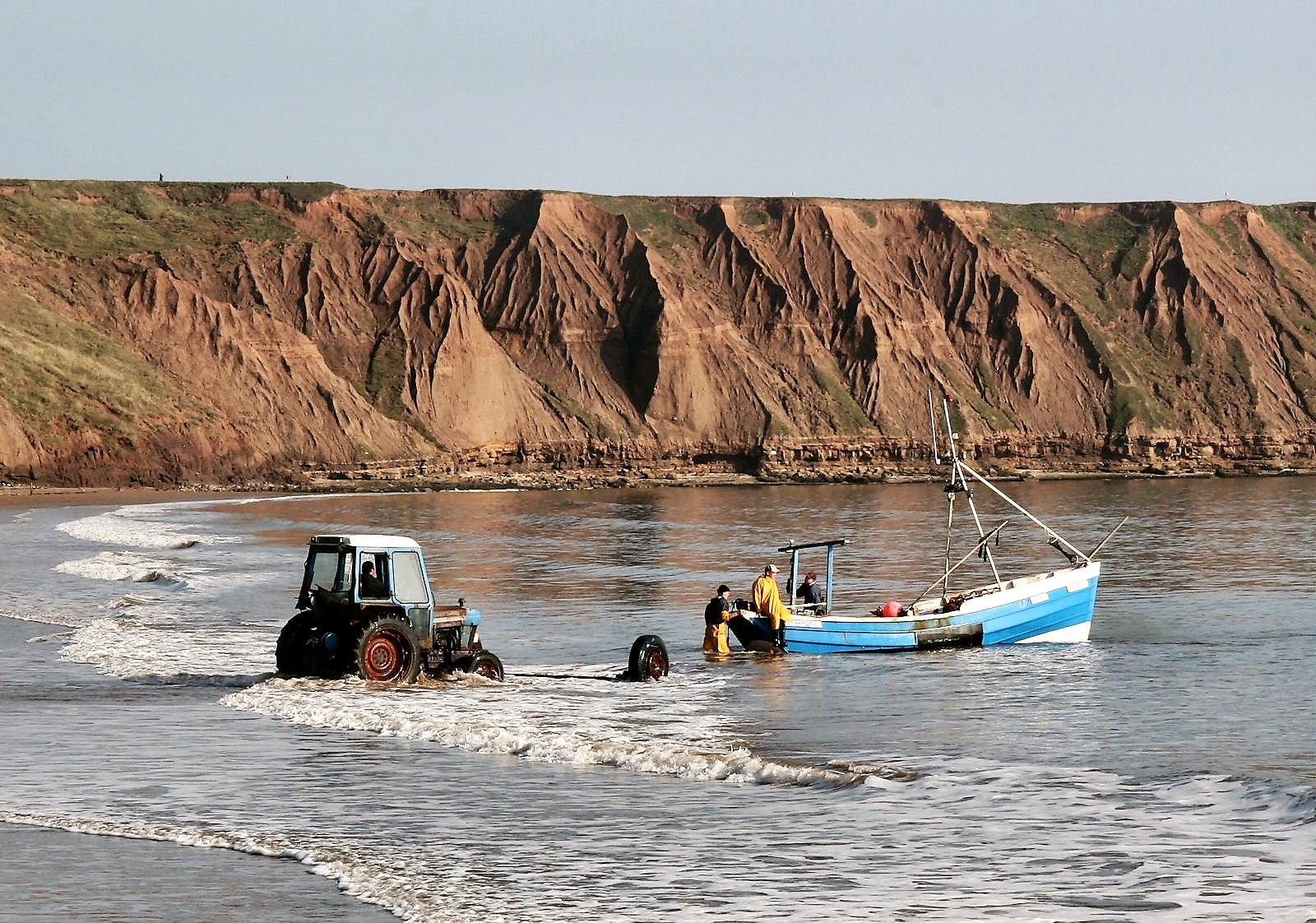
Cobles land on the open beach and are pulled up to the landing by tractor.

This system can also be seen at Hastings.
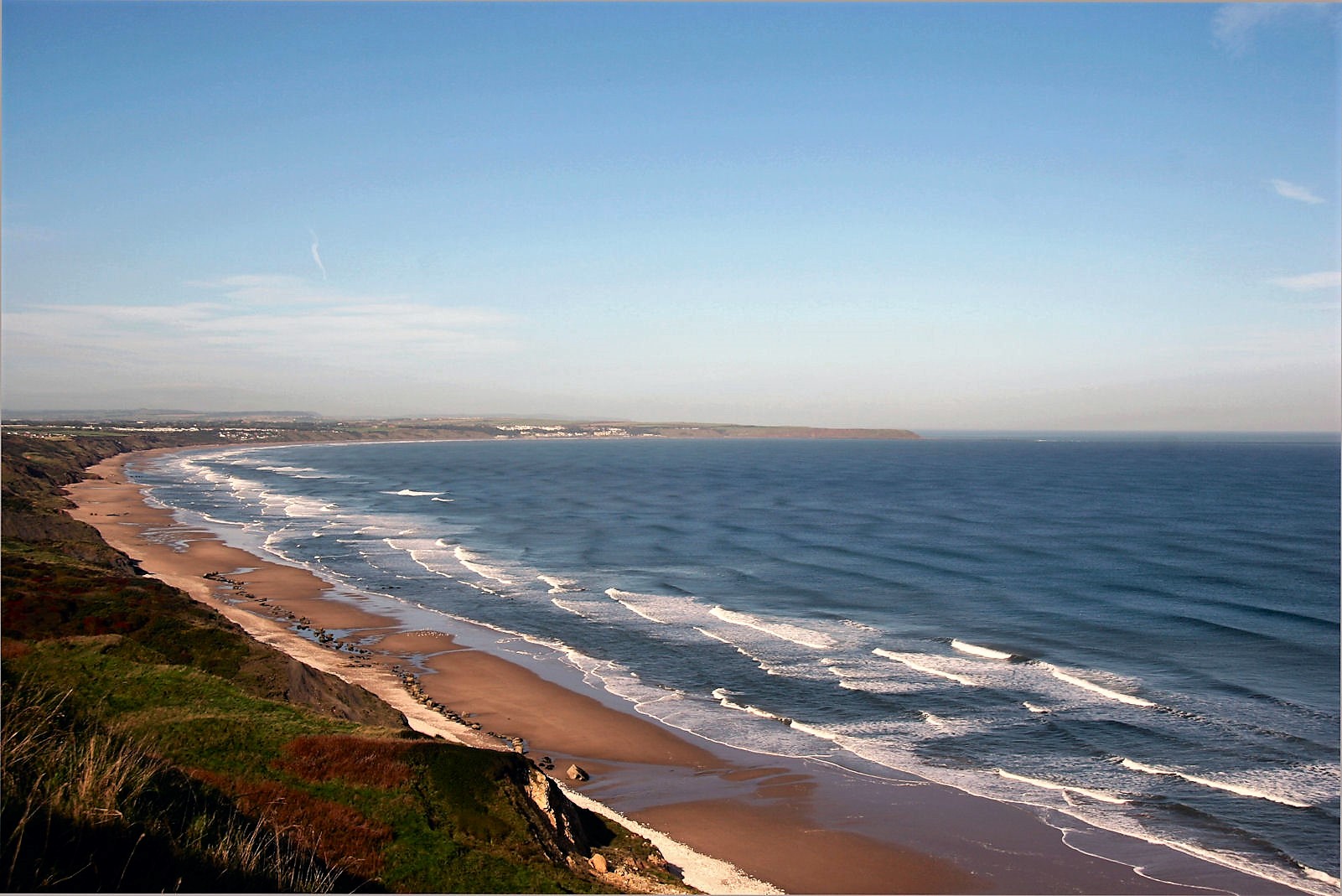
Looking back to Filey and the Brig across bay from near the cliffs at Bempton.
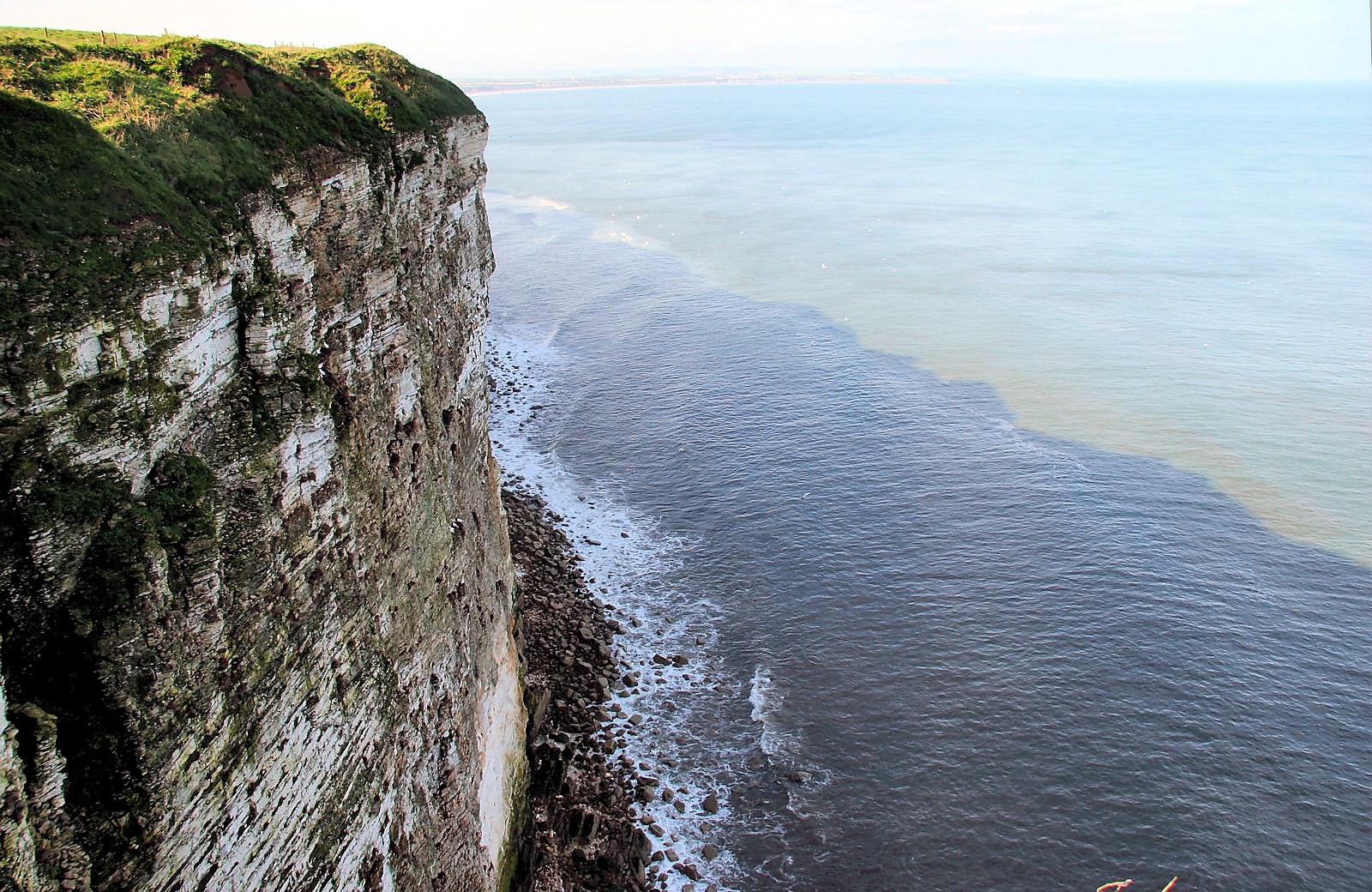
Bempton Cliffs, a noted seabird sanctuary.
Flamborough Head, just beyond the cliffs at Bempton.
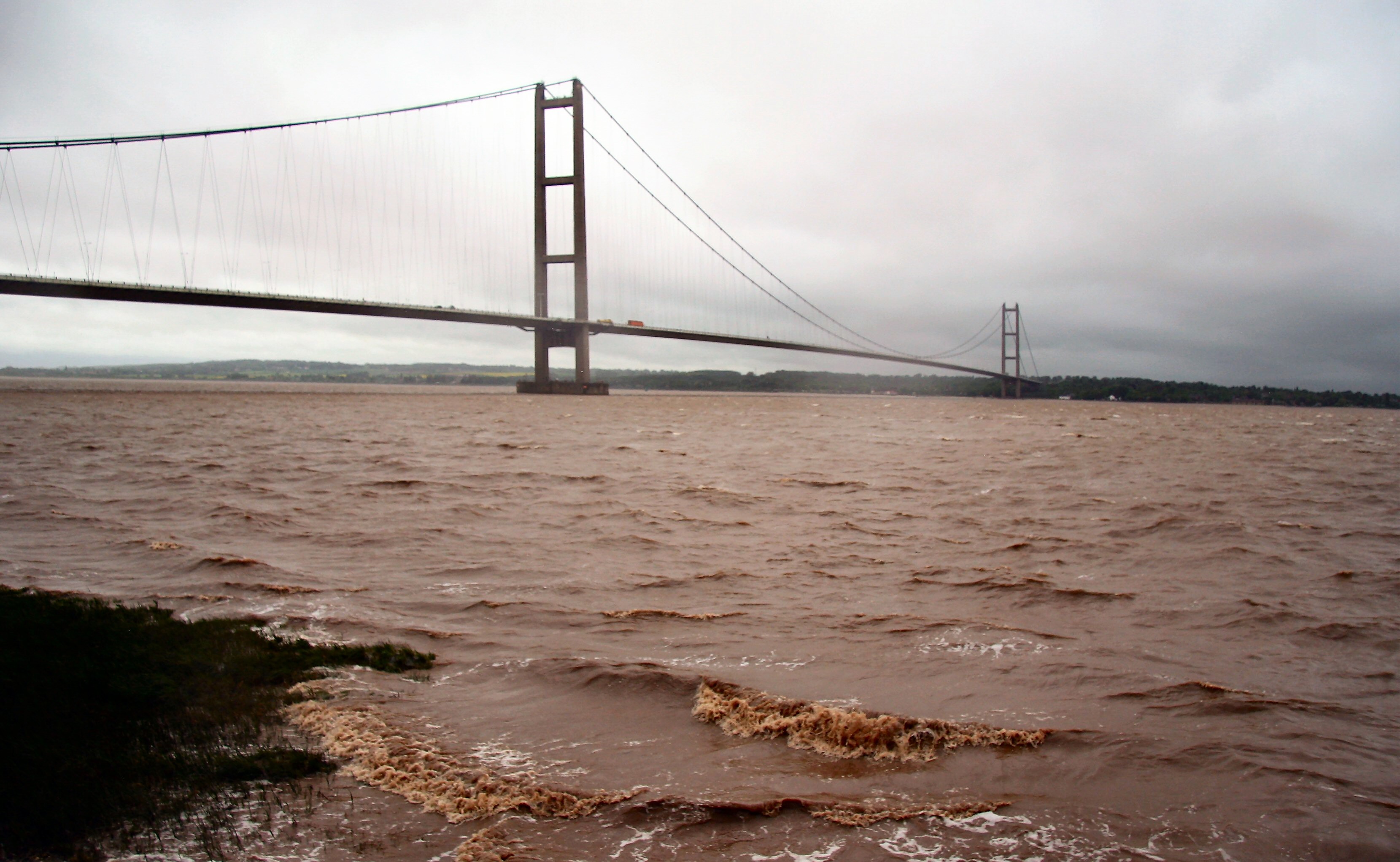
Yorkshire is connected to Lincolnshire, near bank, by the Humber Bridge. (Said to have been brought about by Barbara Castle to compensate her for the disappointment of Harold Wilson not adopting the recommendations in her paper "In Place of Strife.")
